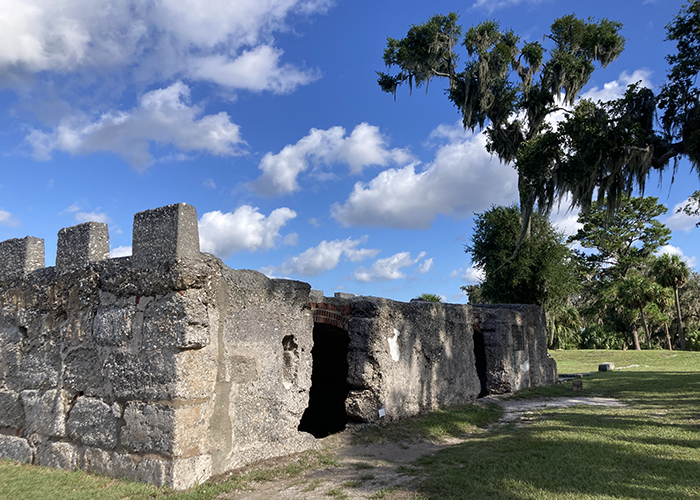 Previous Day |
Savannah, GA → Brunswick, GA → Columbia, SC 363.0 mi (584.2 km) |
 Next Day |
It’s one peachy morning, everyone!
As you’ll recall, back in April I explored the coastal forts of Florida. Well, today I’m filling in the gaps of a semi-circle that stretches from Fort Matanzas in the south to Fort Monroe in the north, via the Peach State of Georgia! This morning, I’m starting south of Savannah and working my way back north, since I’ll be staying way up in Columbia tonight. Ta-dah! I’m launching today’s adventure at Fort Frederica National Monument!
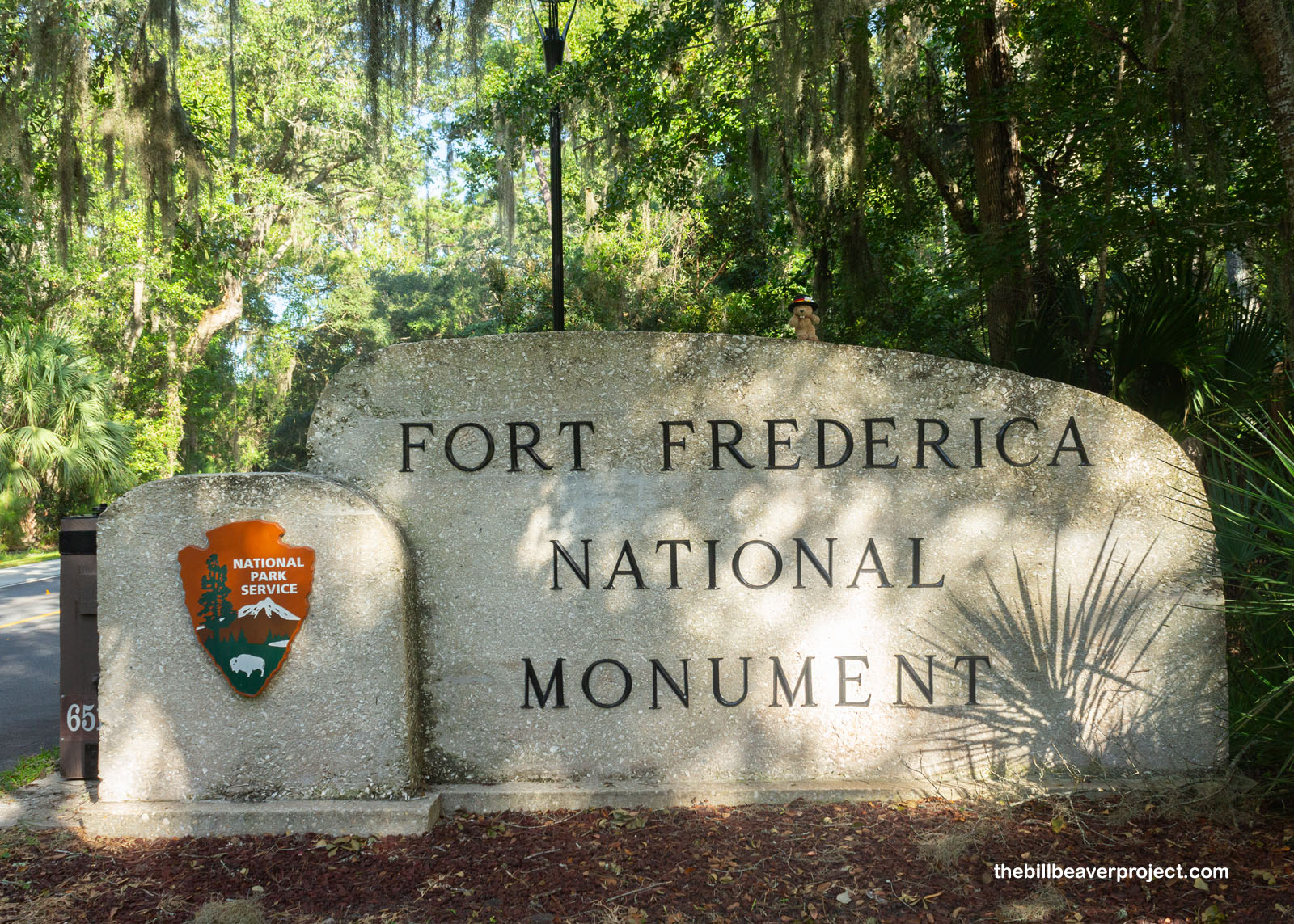 |
Named for Frederick Louis, Prince of Wales, this fort was the project of General James Oglethorpe, who wanted to keep Spanish interests from coming up out of Florida! It was originally a pretty ragtag operation, a collection of palmetto bowers that did little more than keep off the sun and rain. But General Oglethorpe expected folks to be industrious, so he banned slavery in his new colony of Georgia!
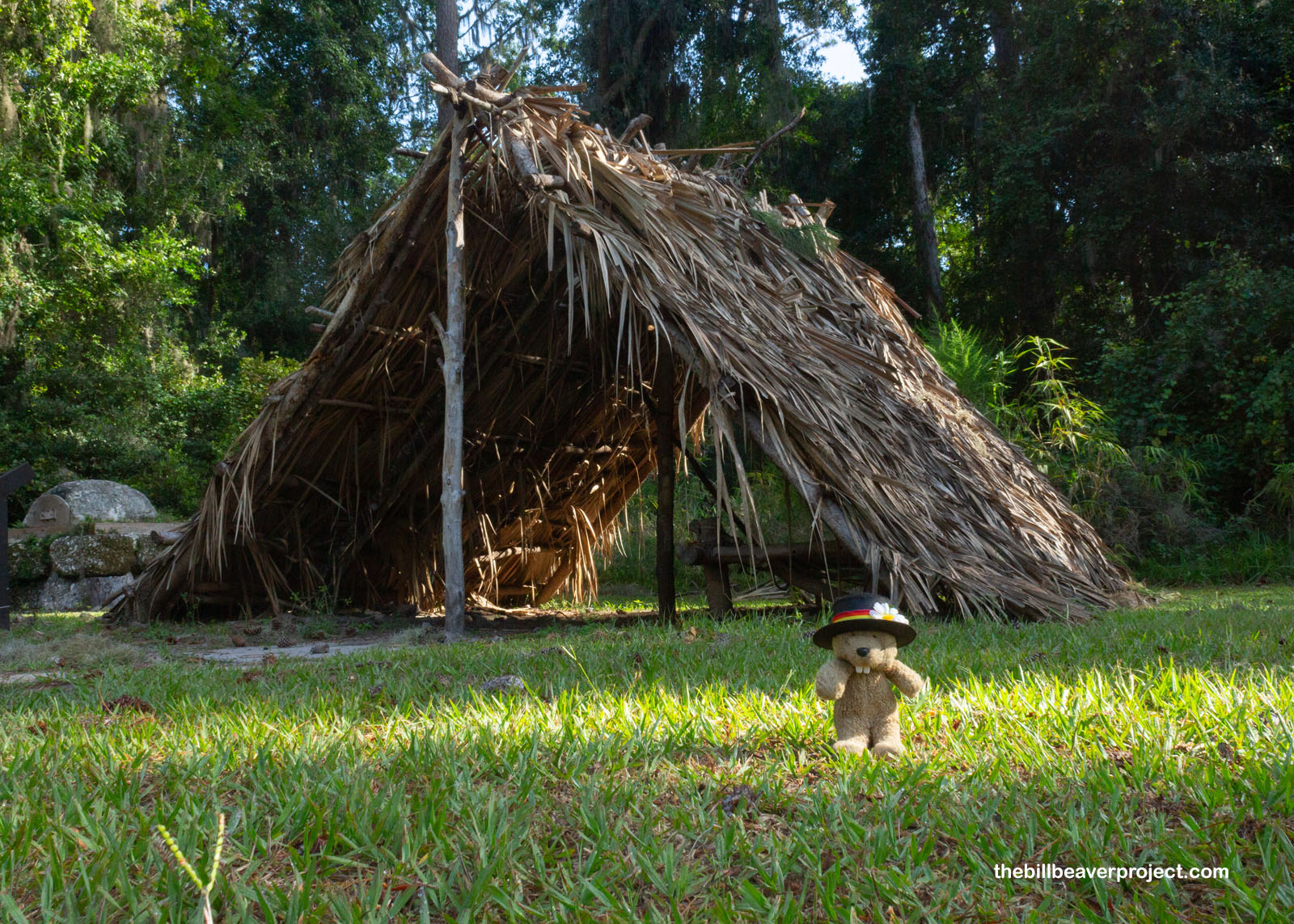 |
And industrious they were! A whole town went up around the military post with almost a thousand residents! Residents included tavernkeeper, Samuel Davidson, and legally-challenged Dr. Thomas Hawkins, whose wife, Beatre, tried to kill Methodist founder, Reverend John Wesley! Many of these folks’ stories are told from the artifacts recovered from the ruins of the houses along Broad Street.
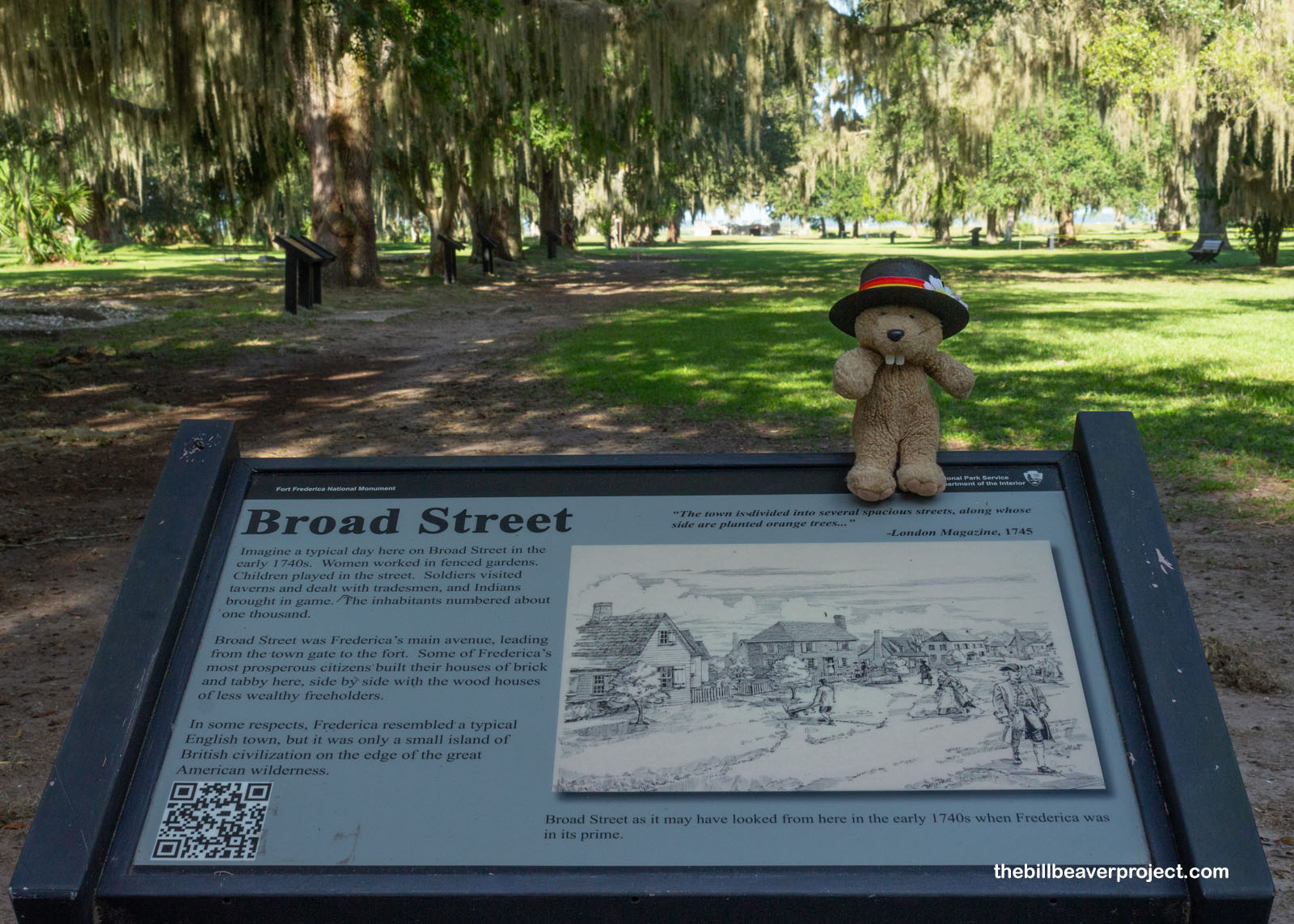 |
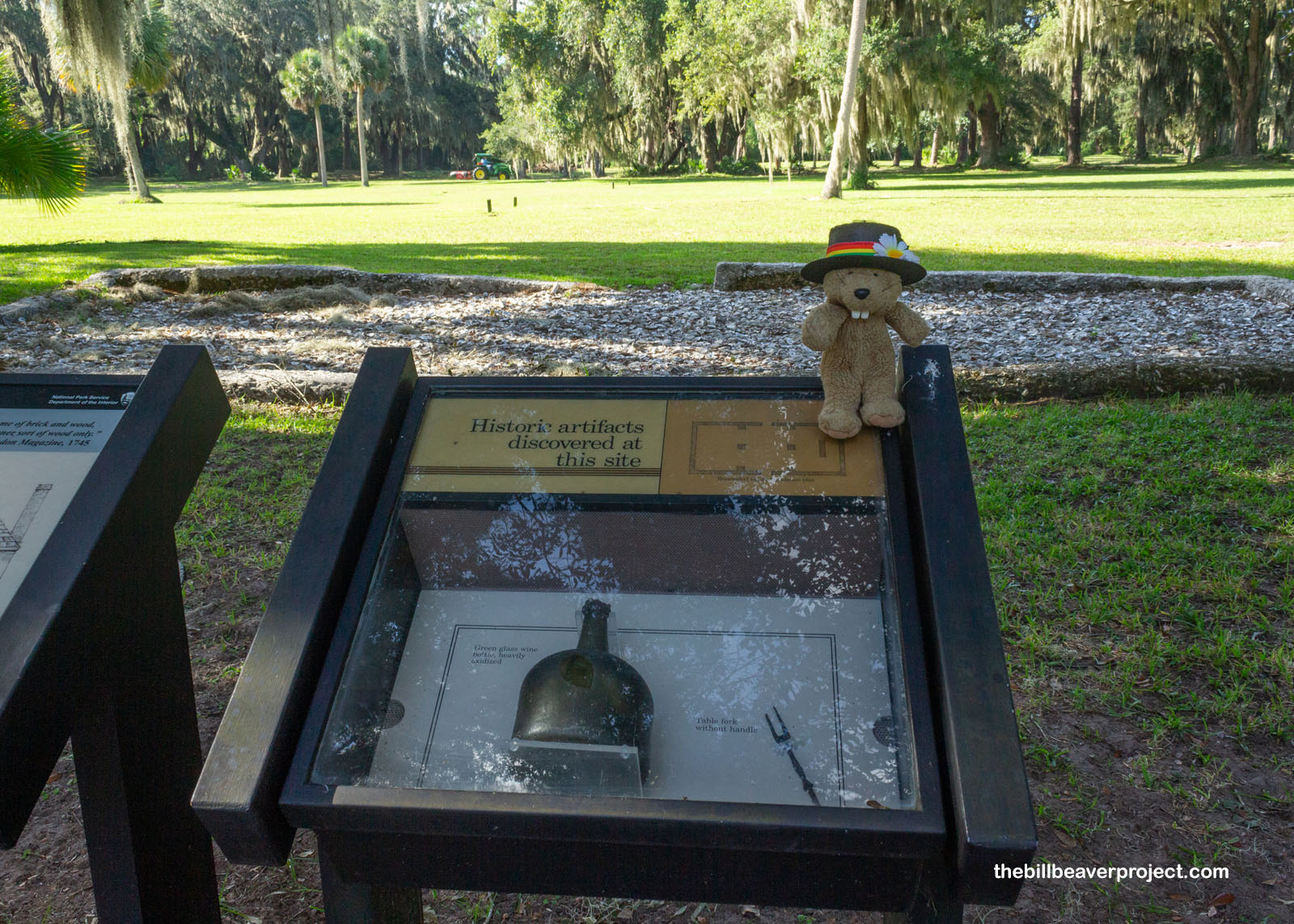 |
See, a military post was only useful when there was a military conflict, and after 1748, when Britain and Spain signed a peace treaty, the fort, and its surrounding town, began to decline. A huge fire in 1758 finished the job, leaving the town of Frederica in ruins!
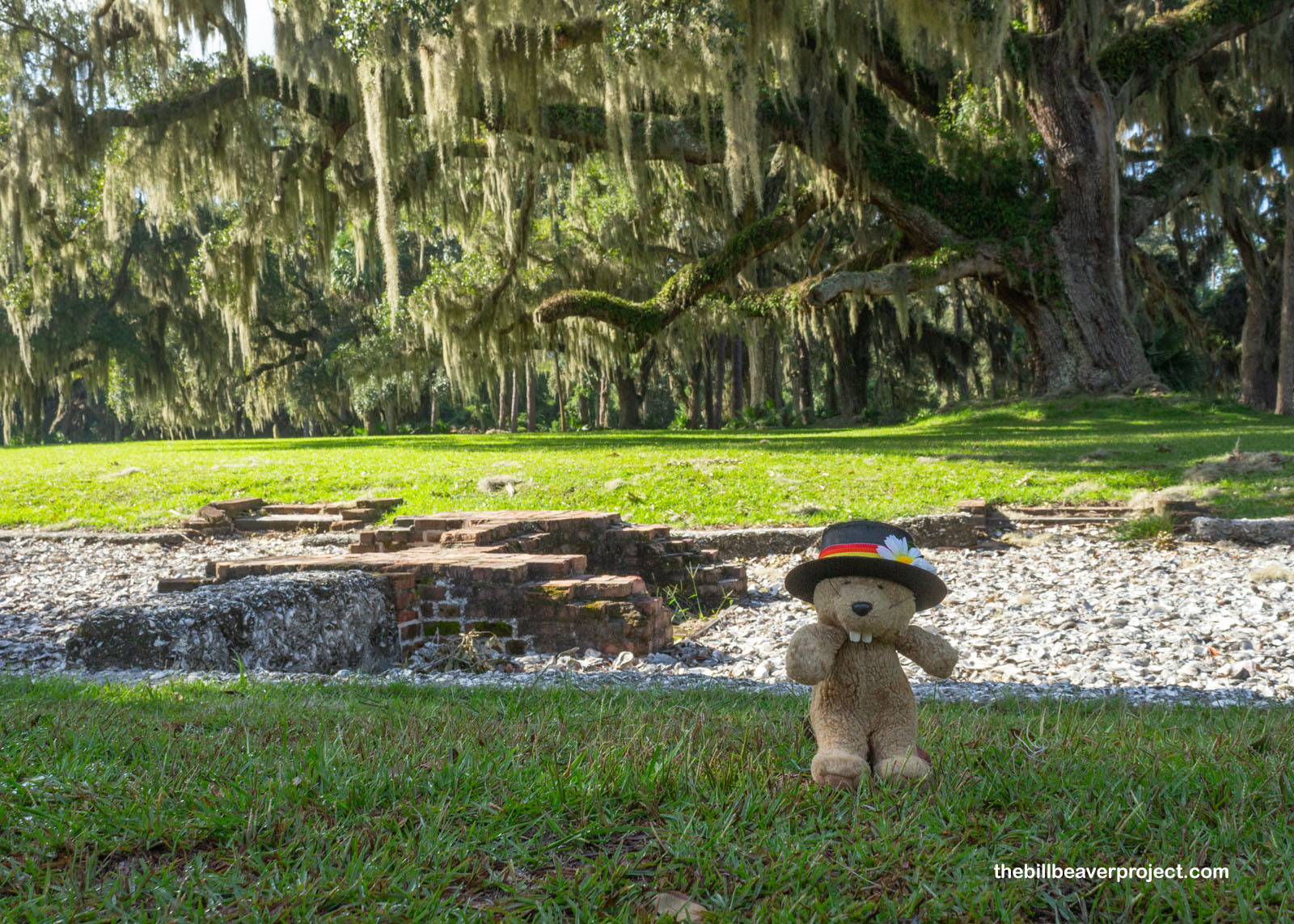 |
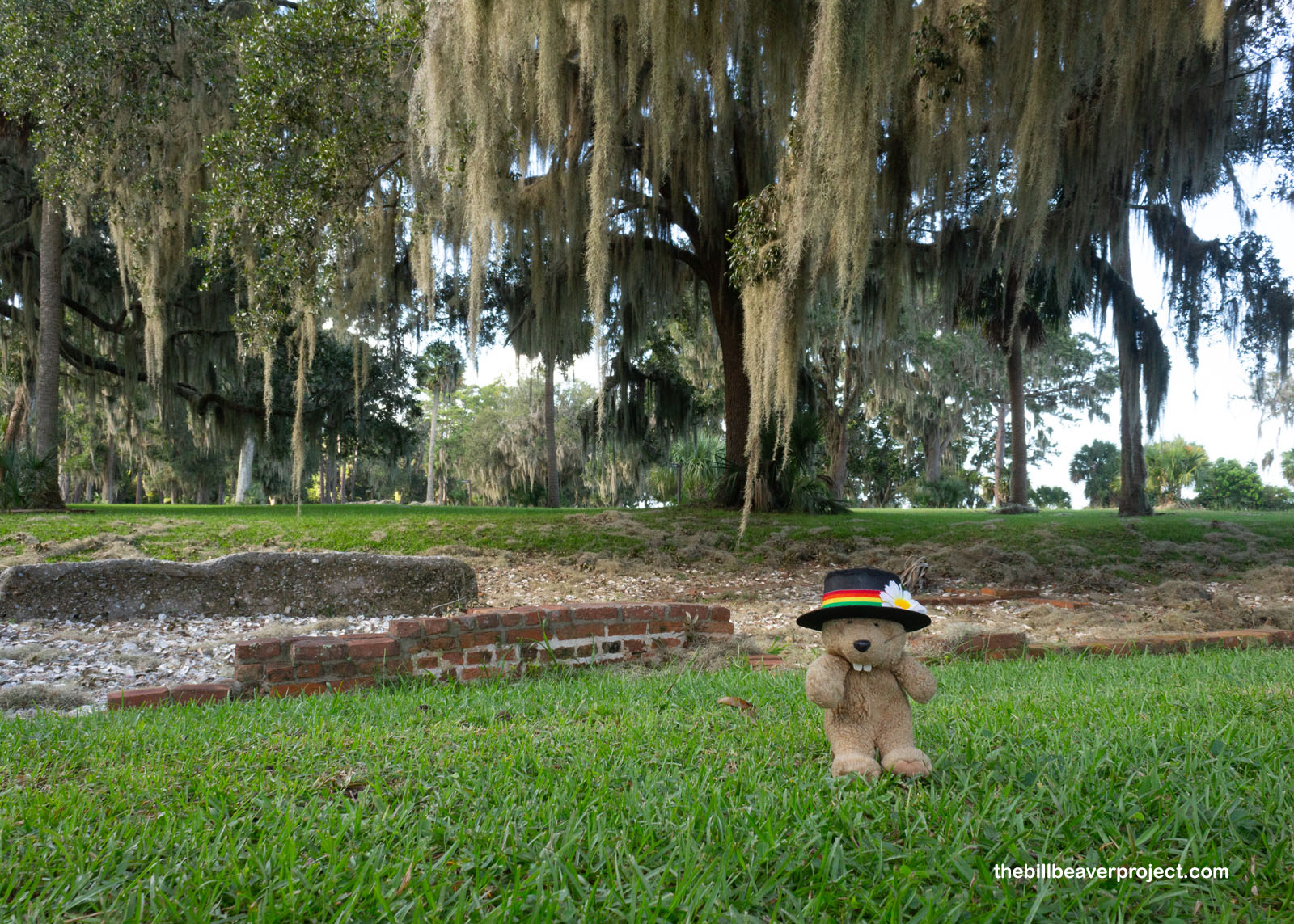 |
But I’m getting ahead of myself! I hadn’t even seen the fort yet! Built from tabby, a concrete of oyster shells, sand and ash, the fort went up here on St. Simons Island in 1736, just seventy-five miles from Spanish Florida! It doesn’t look like much now, but it was originally surrounded by a huge wall, a mile in circumference! From here, General Oglethorpe launched the attack on St. Augustine with its unsuccessful bombardment of the Castillo de San Marcos in 1740 during the War of Jenkins’ Ear!
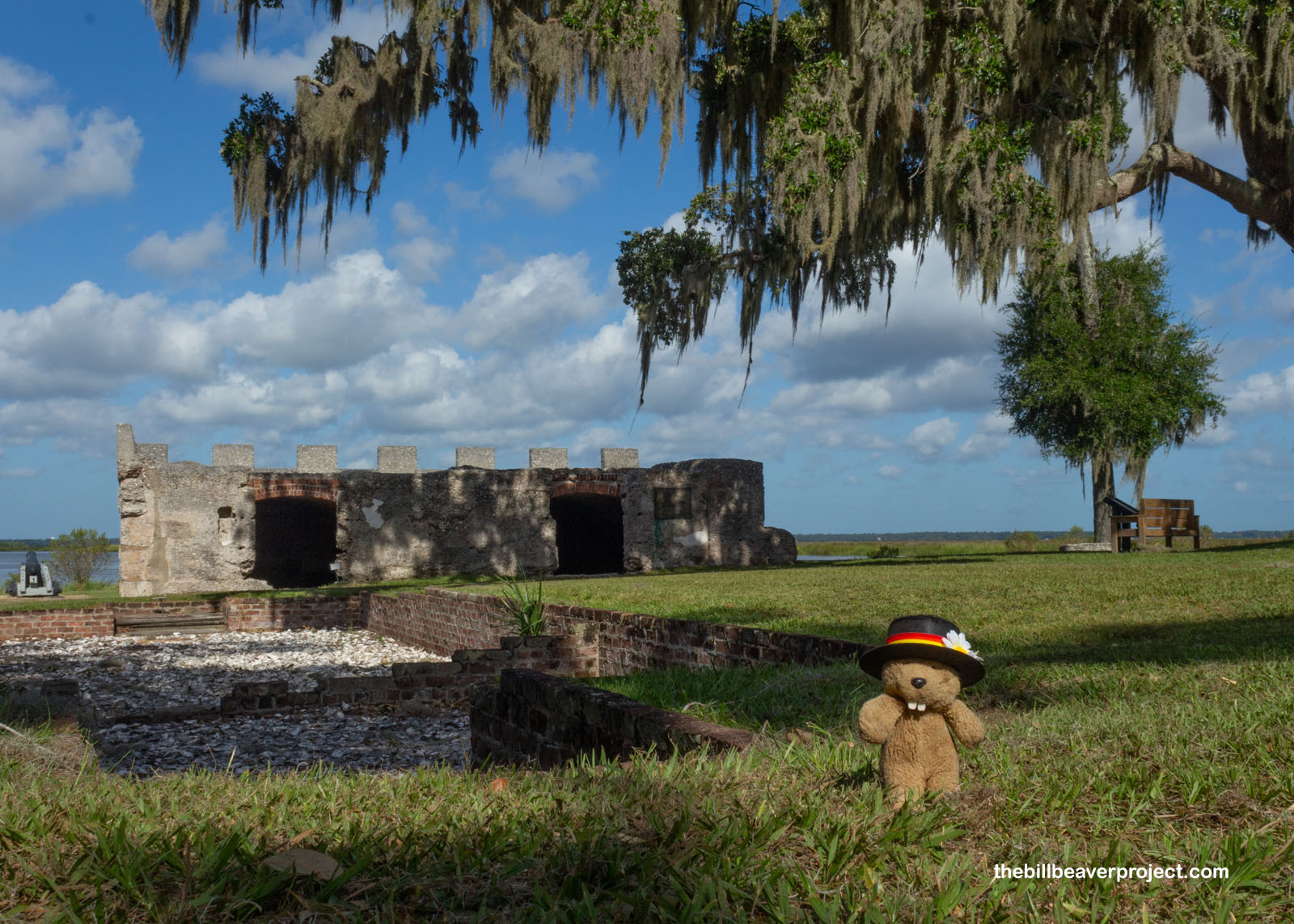 |
The Spanish counterattacked two years later, and although they never made it all the way to Fort Frederica, they did take another British fort, Fort St. Simons! During this conflict, the barracks, now a husk of a building that once housed 100 soldiers, also served as a hospital and quarters for prisoners of war!
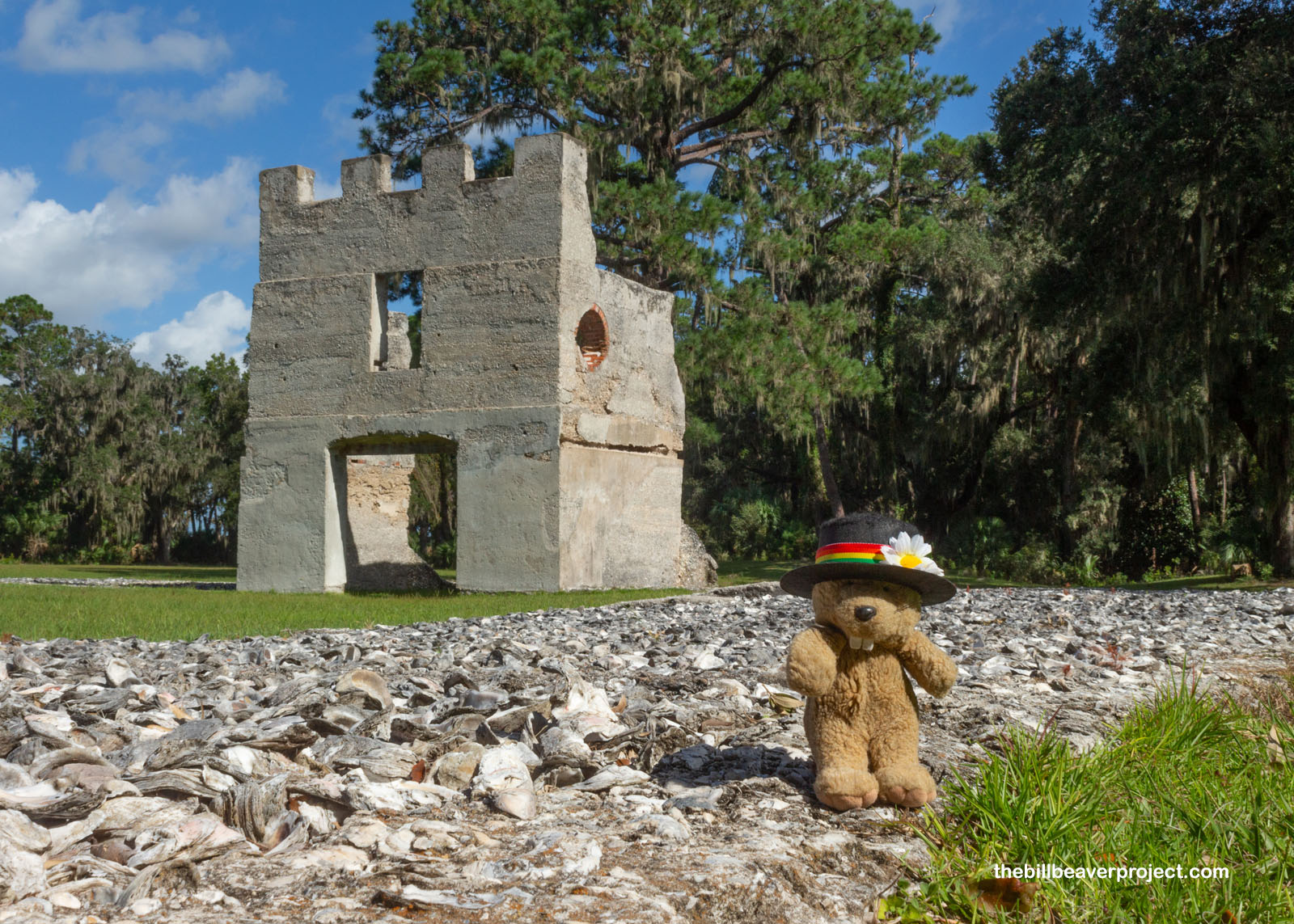 |
Oof, but the day was heating up, and the flies were biting! I retired from Fort Frederica, but first, I stopped to puzzle over an obelisk to Abbotts, but not just any Abbotts. This was a tribute to the father and aunt of Robert Abbott, who had been born here on St. Simons Island in 1868. The son of former slaves, he went on to found the nation’s most influential Black newspaper, The Chicago Defender! How influential, you ask? Well, by denouncing Southern segregation and promoting northern opportunities, the paper launched the Great Migration, a period from 1916 until 1970 when over 6 million Black folks moved from the rural south to the cities of the north!
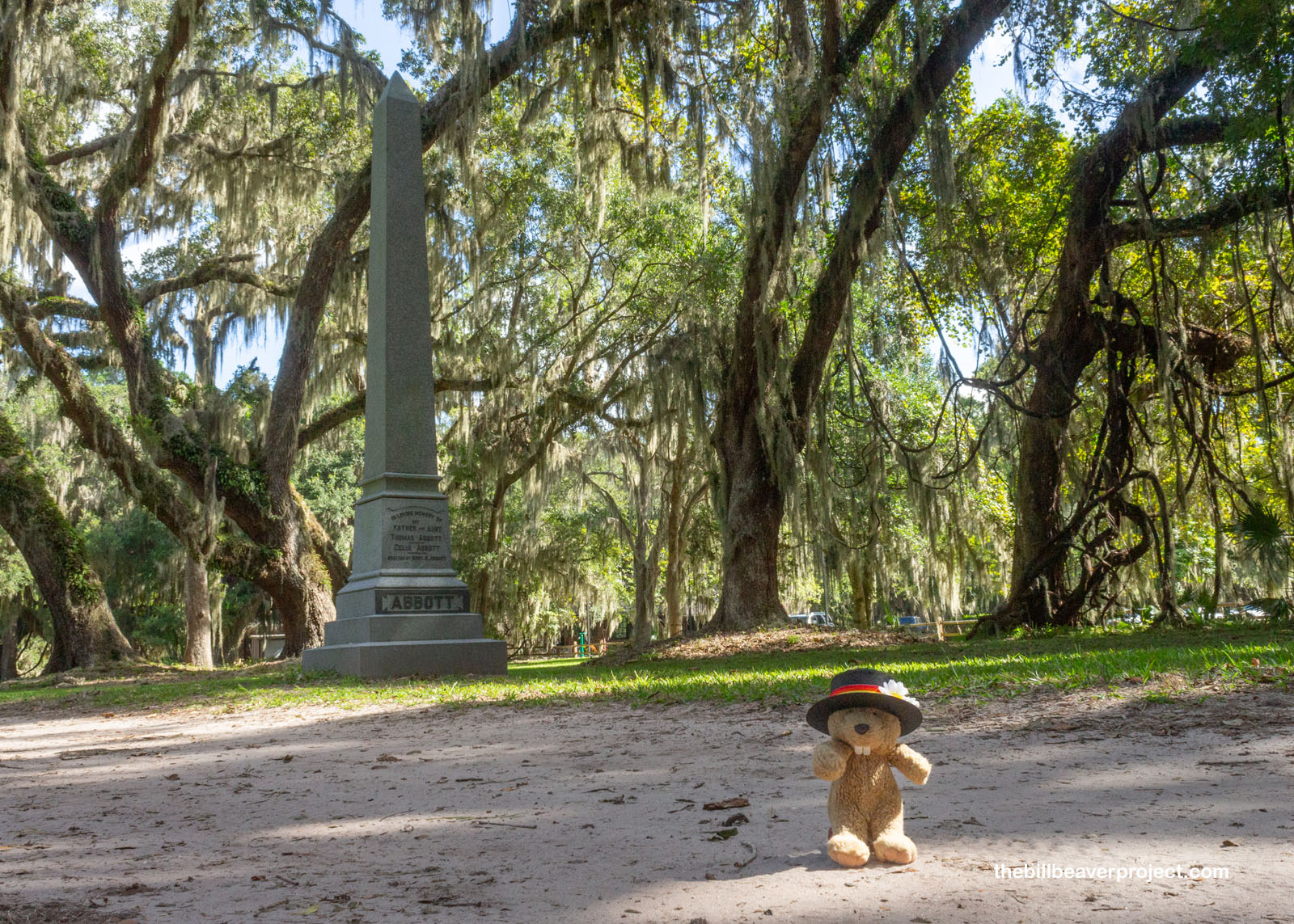 |
But anyway, jumping back a century, just down the road from Fort Frederica, I saw a plaque marking the site of the Battle of Gully Hole Creek! This was where the British successfully repelled the Spanish advance on July 7, 1742. Using the thick forest, they fought for almost an hour, but it ended with sound Spanish defeat.
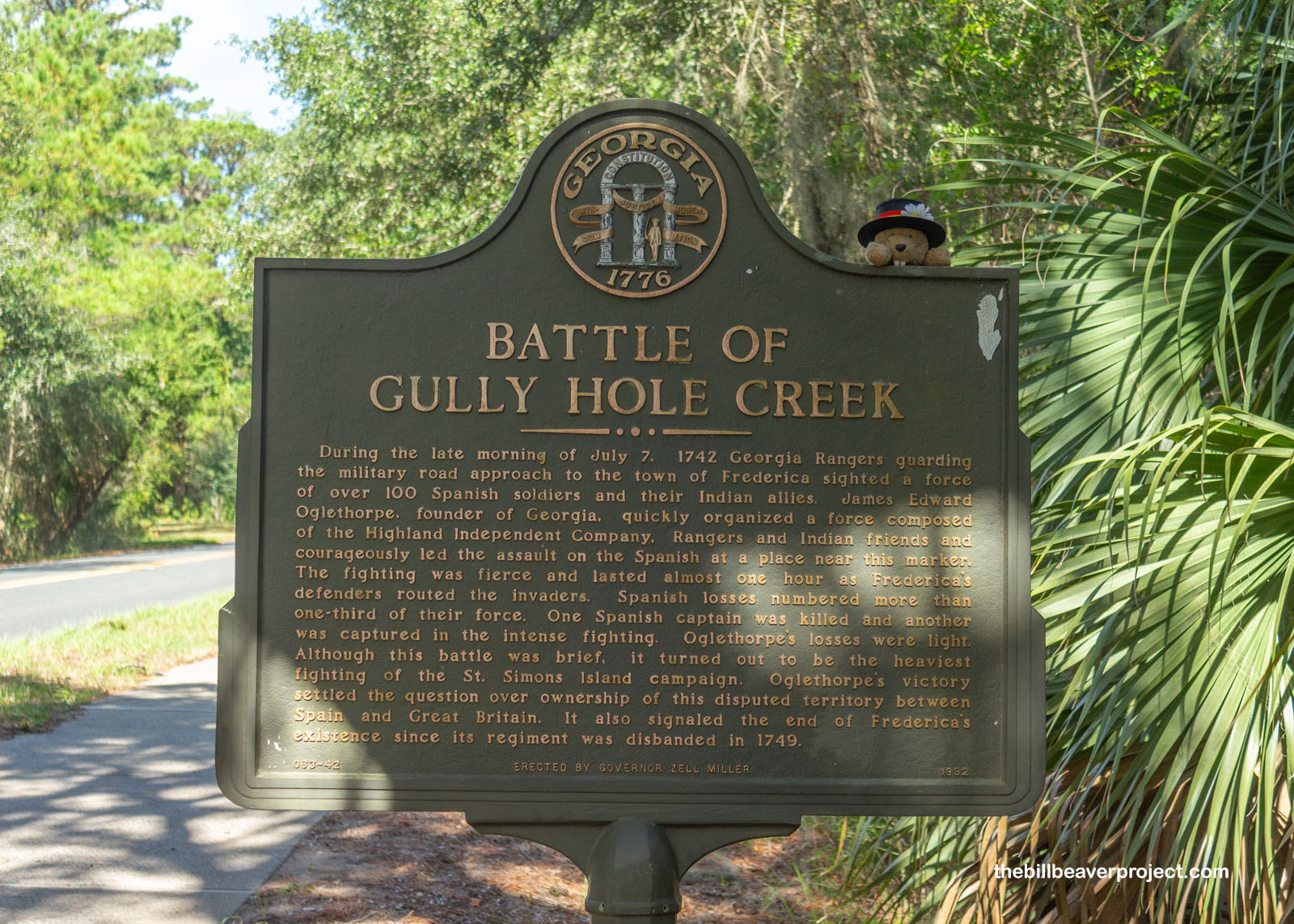 |
General Oglethorpe’s troops then headed off the Spanish regrouping at a place that would be known as Bloody Marsh! The defeat of the Spanish here was the last fight in the War of Jenkins’ Ear held on the North American mainland! It secured British dominance of Georgia, well, at least for 34 years!
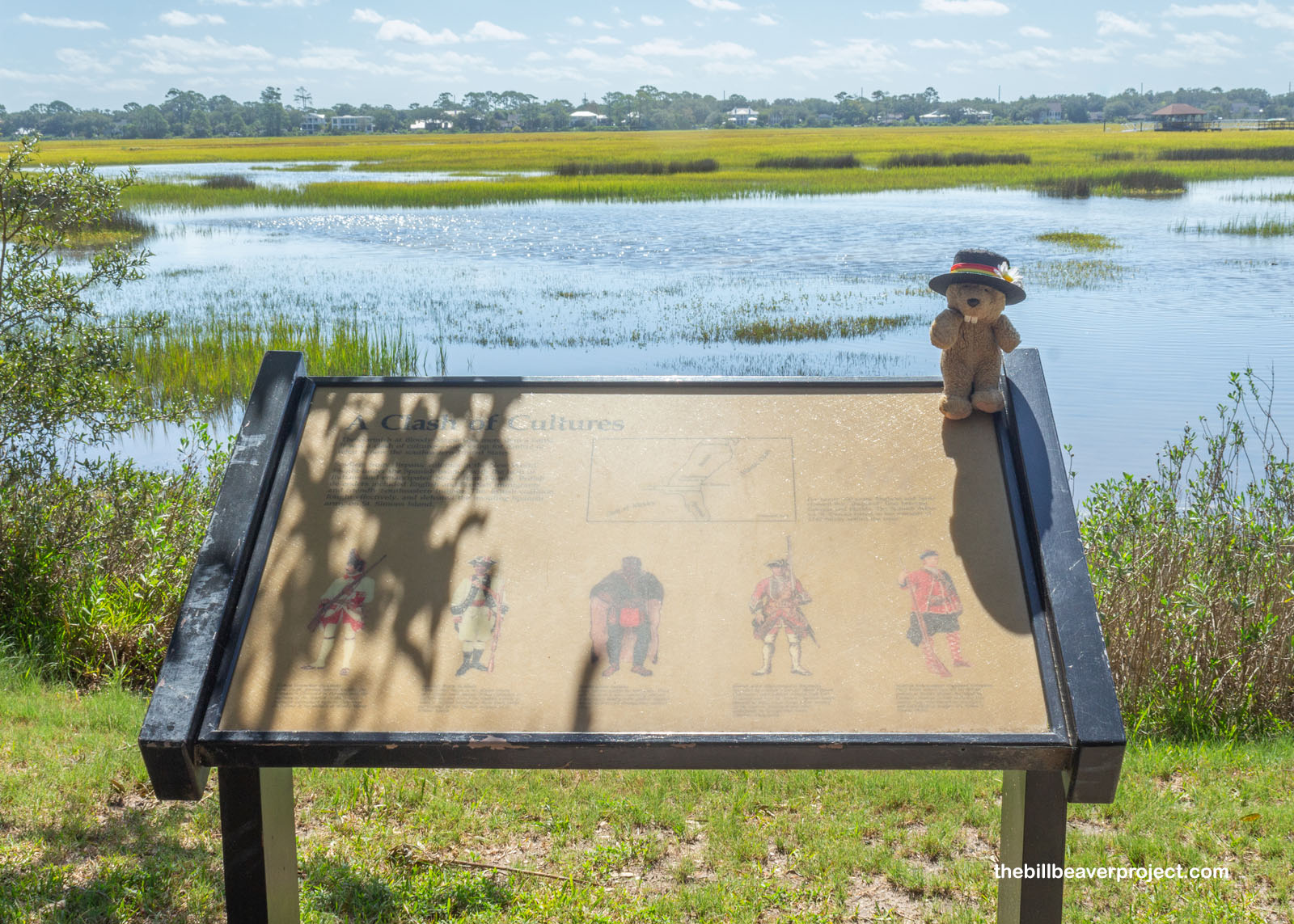 |
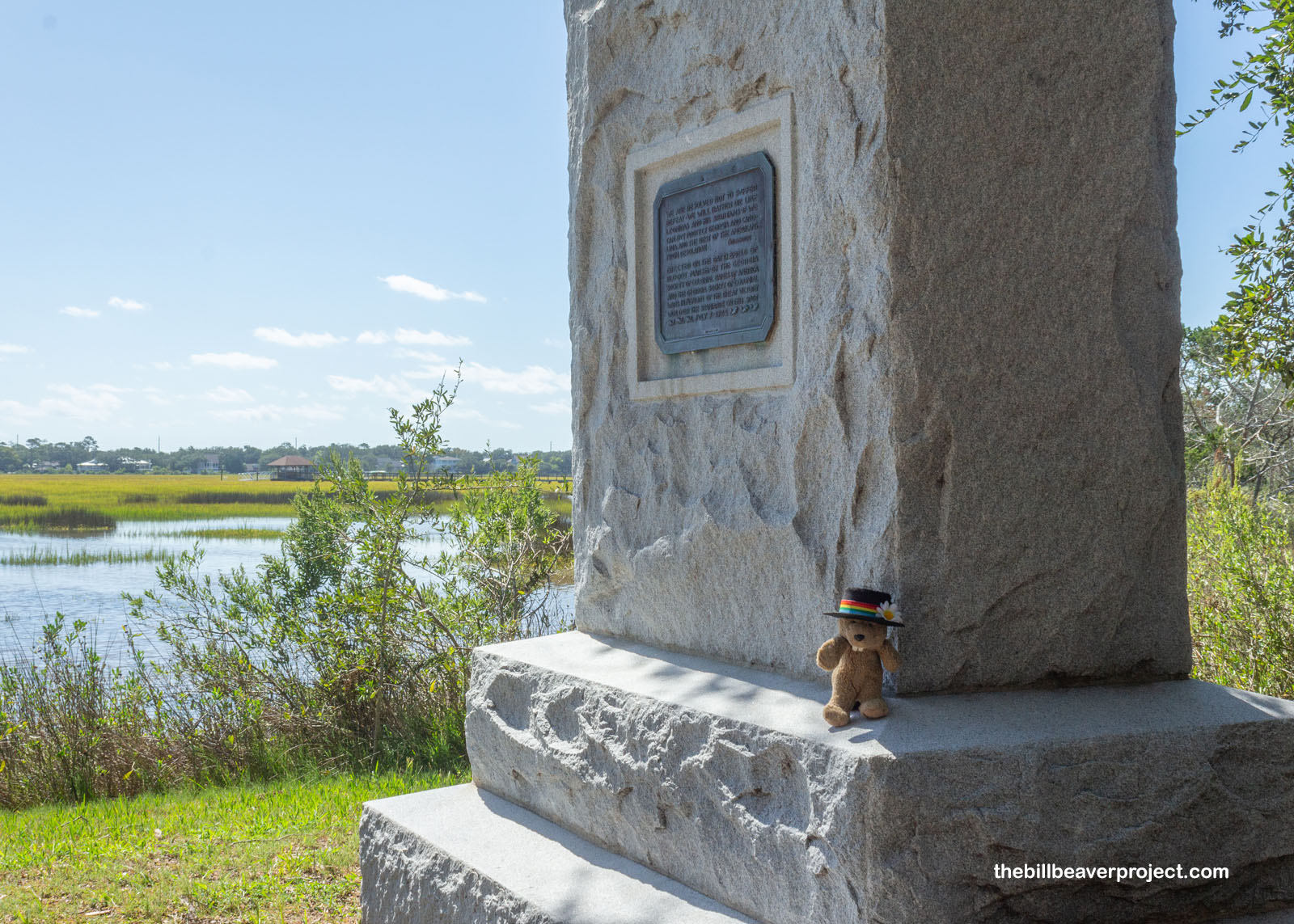 |
All this history was making me hungry, so I went into Brunswick to learn about a special stew that made the town famous. Or at least, so the town claims! Both Brunswick, Georgia and Brunswick County, Virginia claim to have invented the tomato-based Brunswick stew! In Virginia, it was supposedly the invention of Black chef, “Uncle” Jimmy Matthews in 1828. While on a hunting trip with Virginia legislator, Dr. Creed Haskins, Uncle Jimmy made a stew out of squirrels, butter, onions, stale bread, and special seasonings, which became a regional favorite! Here in Georgia, the history’s a little more bubbly. There are two pot monuments in town, and no one can really point to who supposedly invented the stew here. I guess this adds a little spice to local history!
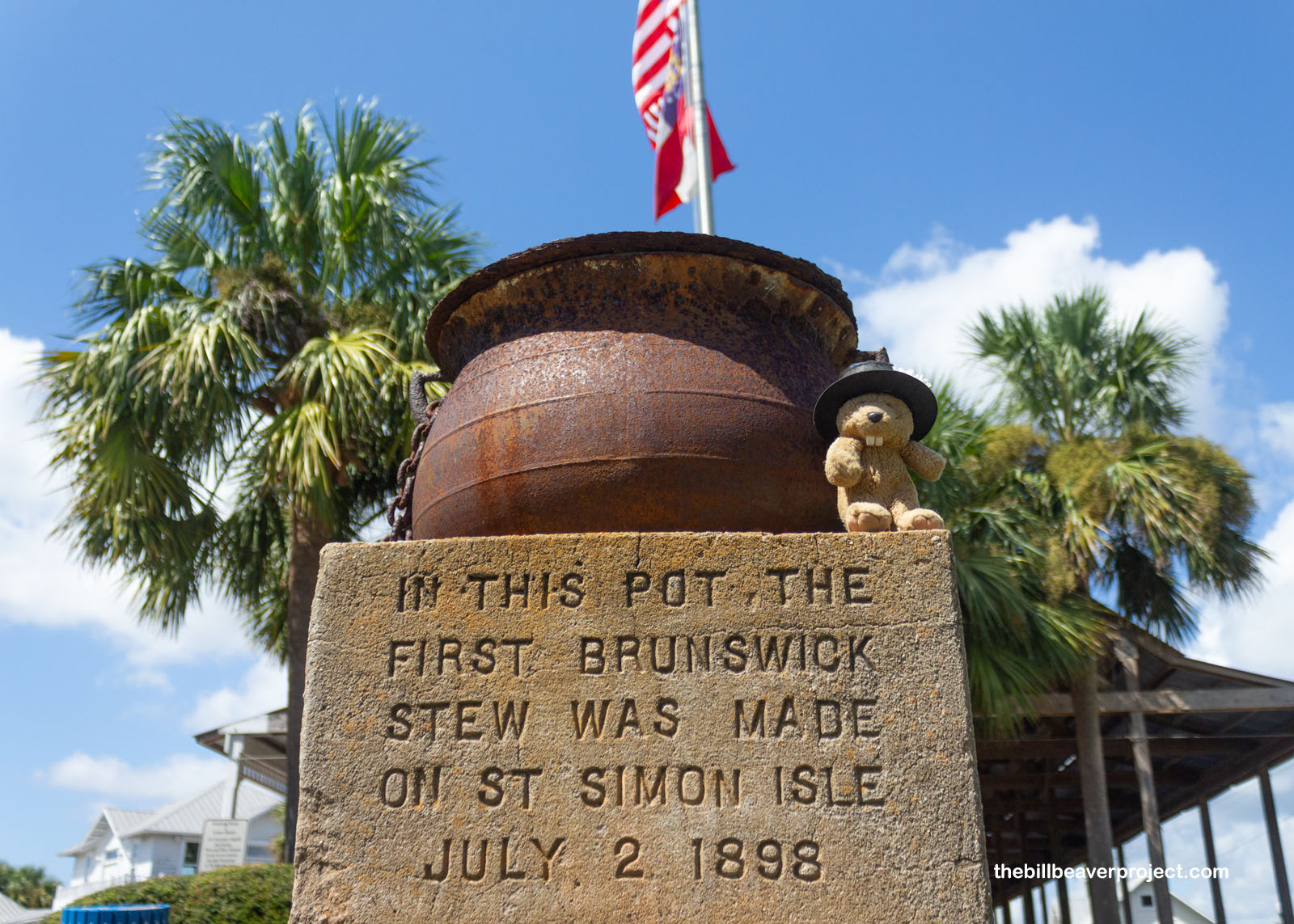 |
But that did little to satisfy my rumbling belly! On my way down this morning, I’d passed signs for Peach World! There’d be nothing quite like some good Georgia peaches to get the energy back up. Though Georgia’s been surpassed by California for overall peach production, the Peach State still takes pride in the quality of their stone fruit! And there was plenty to enjoy here, from peach cobbler to peach slushies to candies and marinades. It wasn’t exactly a whole “world” of options, but it was a peach-perfect pit stop!
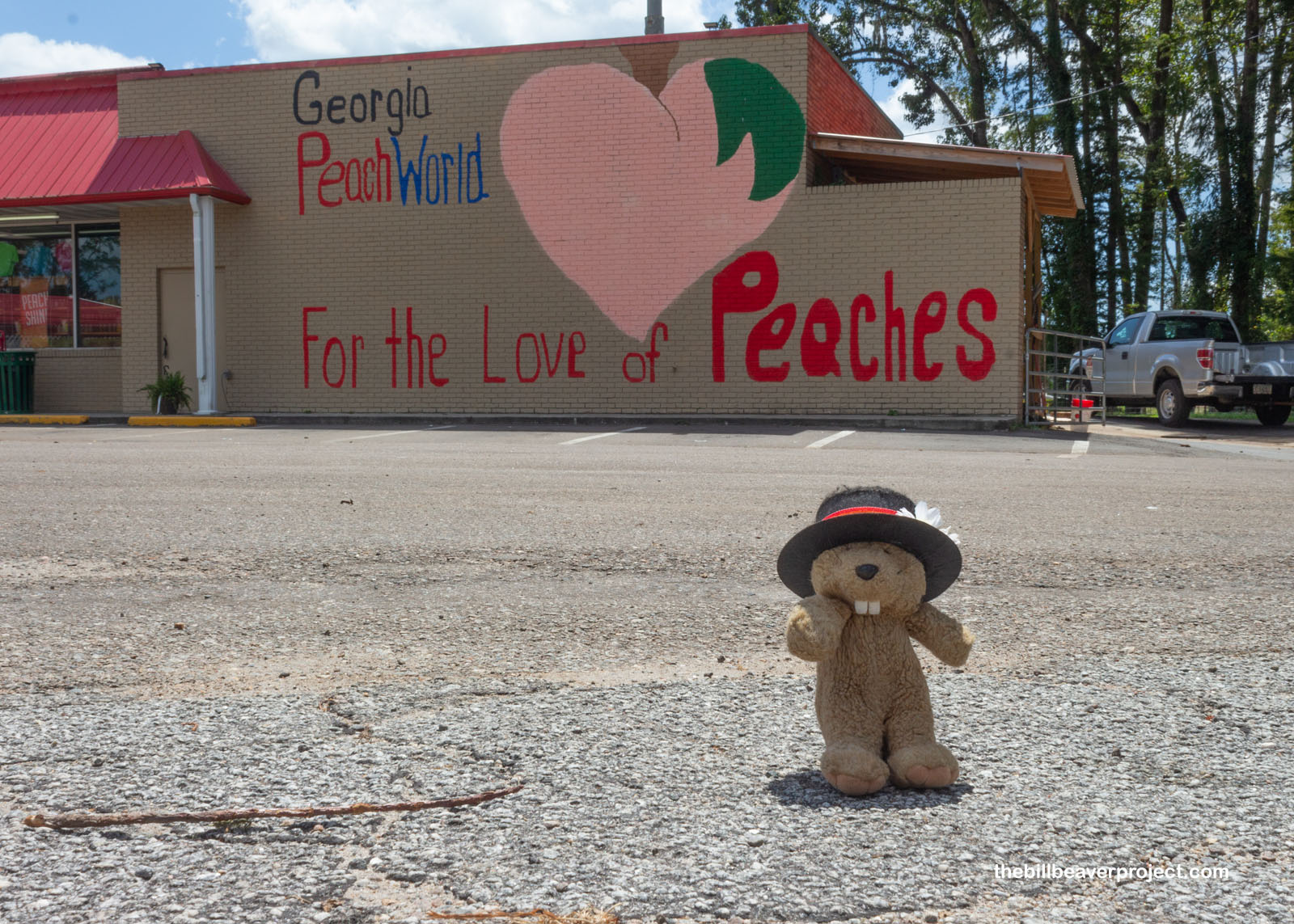 |
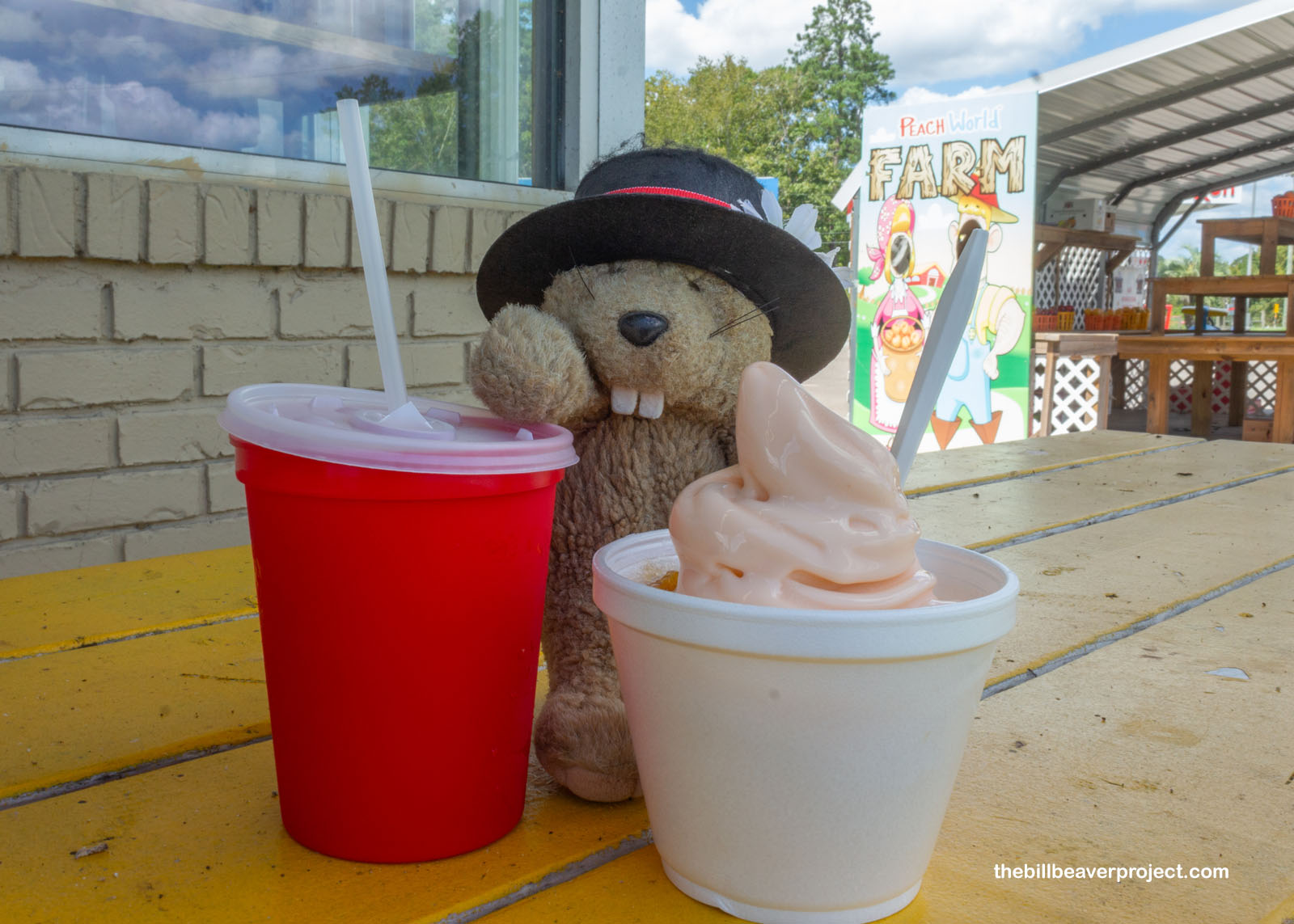 |
After gobbling down my treats, I sugar-rushed my way back up through Savannah to my second coastal fort of the day: Fort Pulaski! This fort came about long after Fort Frederica and was part of the same coastal fortification program that gave us Fort Sumter! Built between 1829 and 1847, it got its name from Casimir Pulaski (Kazimierz Pułaski), who had fought against Russian influence in Poland then fled to America to join the Revolution. He is considered the father of American cavalry!
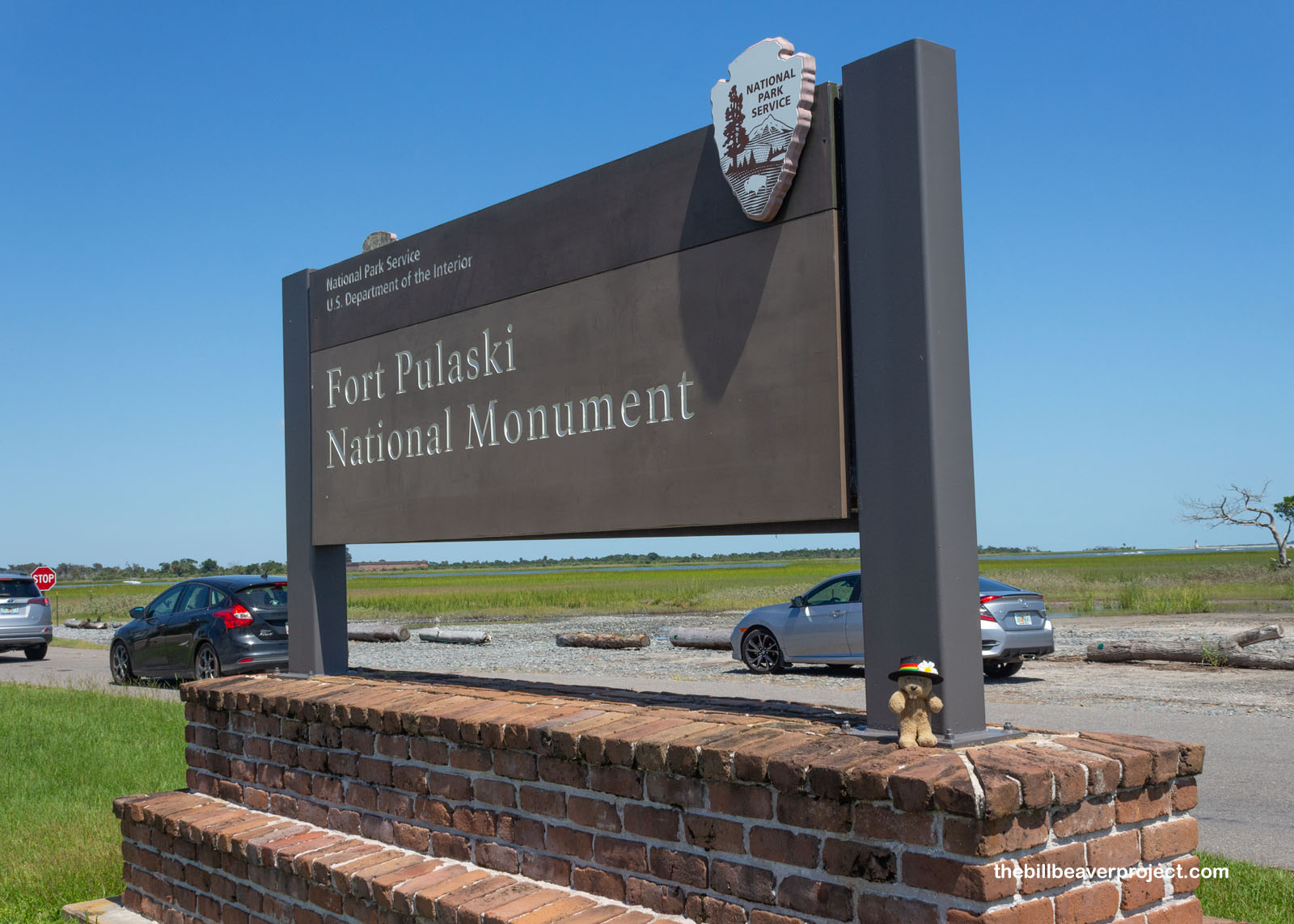 |
Right off the bat, Fort Pulaski had two features that I hadn’t seen at any other fort: an 8-foot deep moat and a demilune! Moats I’d heard of, but not demilunes! This half-moon (demi + lune) shaped hill sheltered the fort’s entrance, making it that much more difficult to breach from land! Plus, those hills were perfect spots to mount cannons that could shoot as far as the river, a mile away!
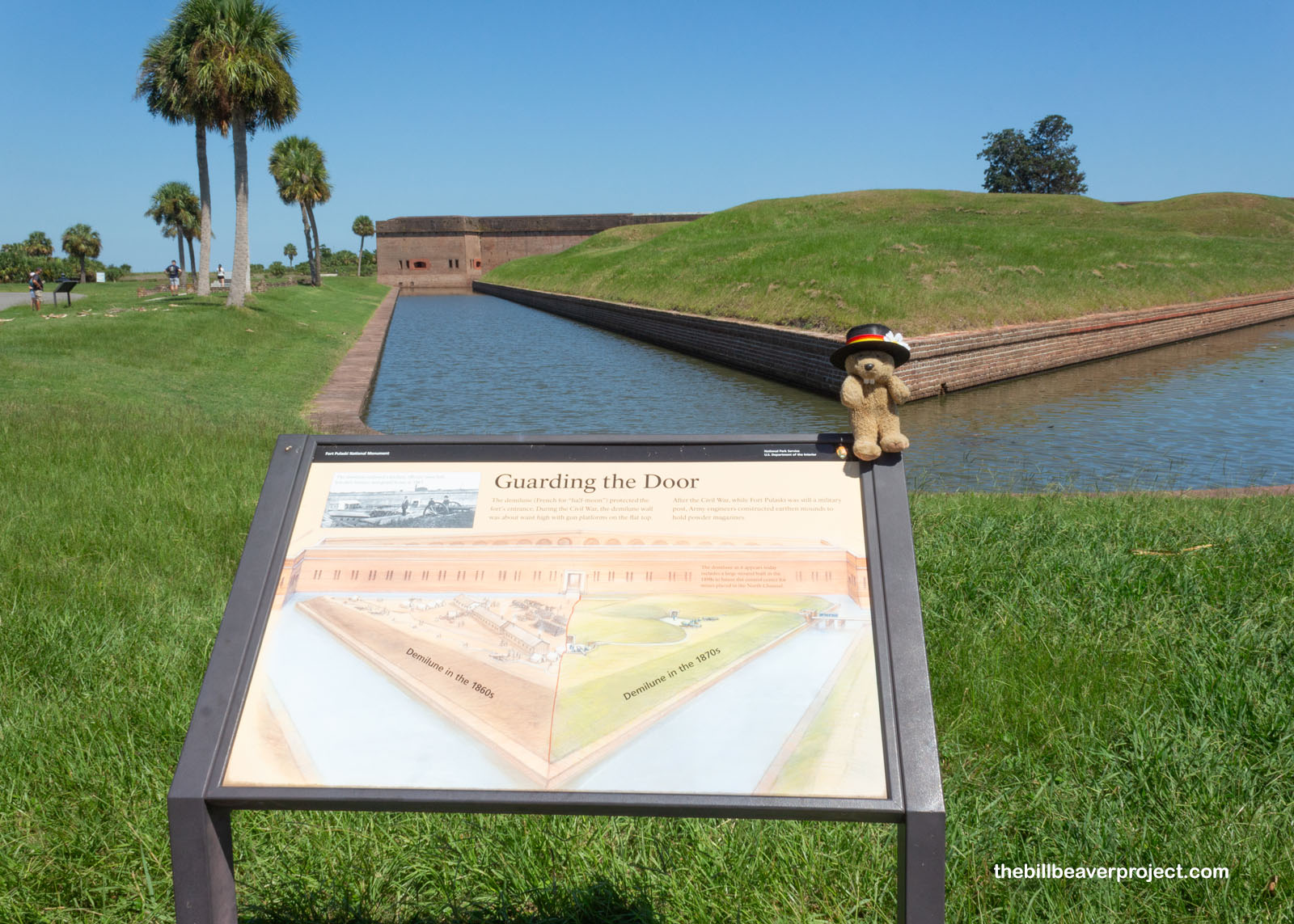 |
But despite all this, Fort Pulaski is best known as the setting of a battle that would render it, and all forts like it, obsolete! Between April 10 and 11, 1862, the Union Army under Captain Quincy A. Gillmore bombarded Fort Pulaski for 30 straight hours, using rifled artillery for the first time in history to blast the fort’s walls with 5,275 shells! The bombardment threatened to blow up the magazine inside, which is what finally caused Colonel Charles H. Olmstead to surrender Fort Pulaski. Today, you can still see holes in the wall from the bombardment, plus cannonballs still imbedded after 161 years!
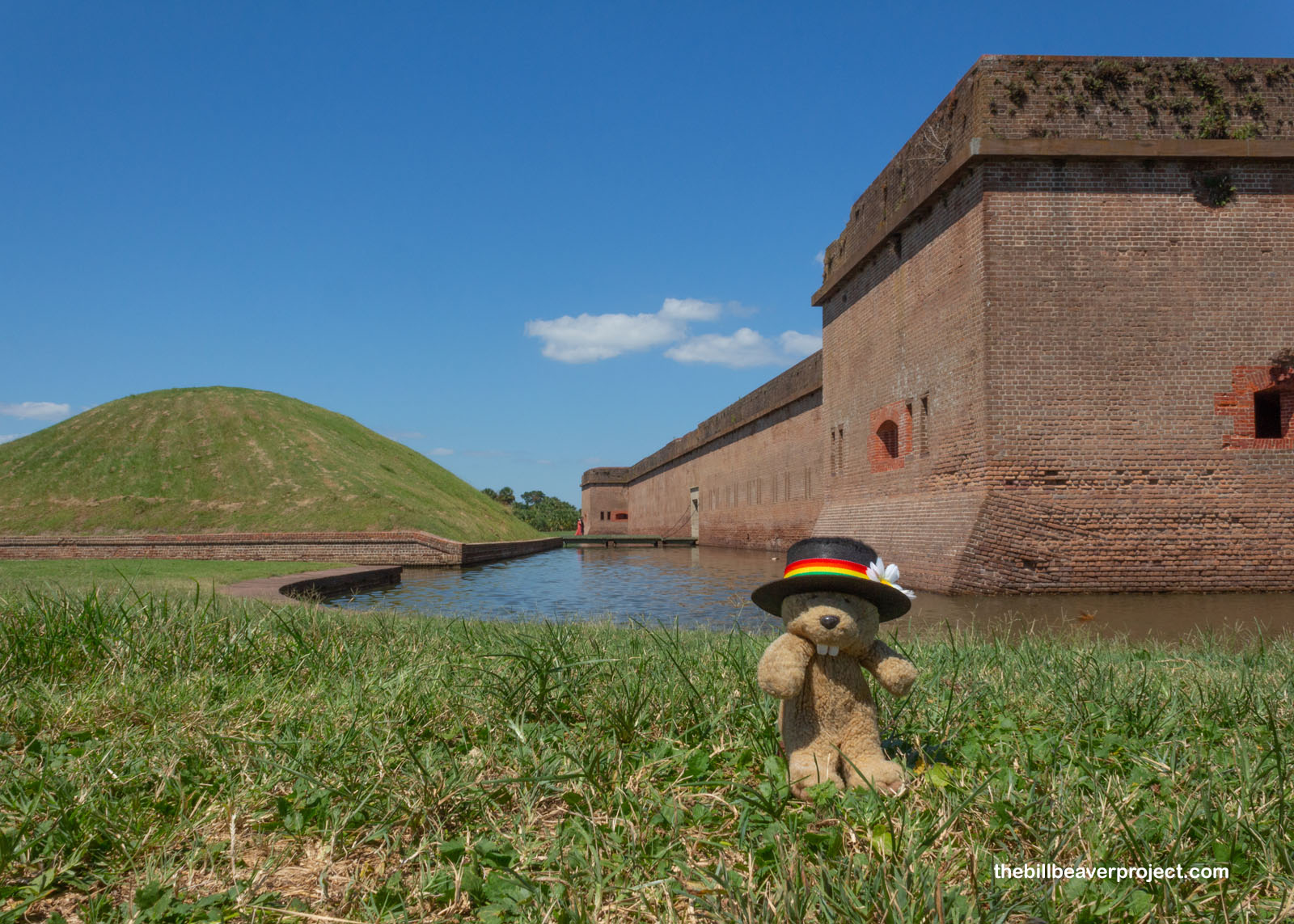 |
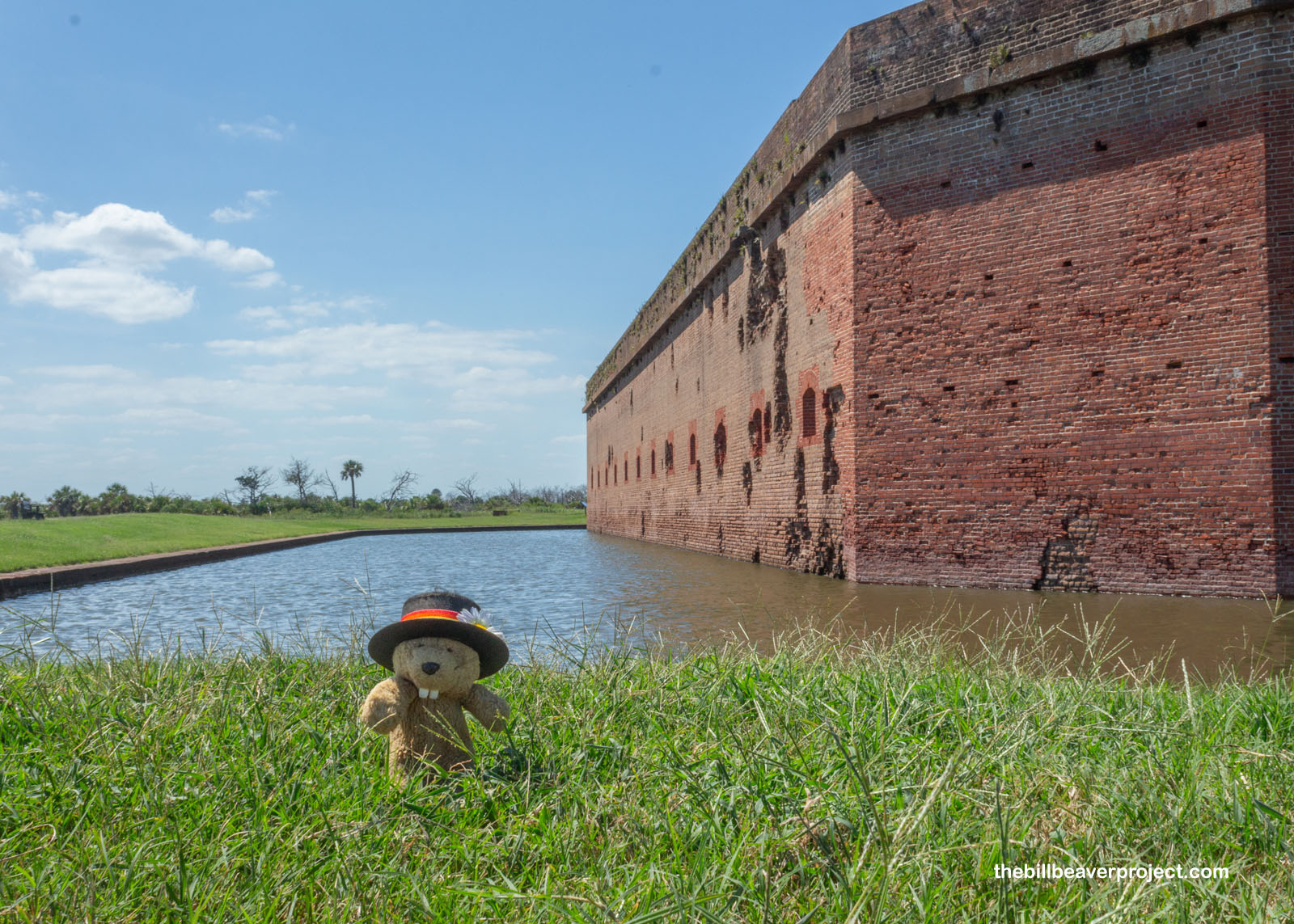 |
But today, you don’t need to blast your way into Fort Pulaski; you just walk through the door! After the Union took over Fort Pulaski and repaired the walls, it resumed its defensive role in a different way. It became both a prison for Confederate captives and a destination for folks fleeing slavery. This was because of General Order No. 7, issued by General David Hunter, which offered freedom to local slaves before the Emancipation Proclamation. That put Fort Pulaski squarely in the path of the Underground Railroad!
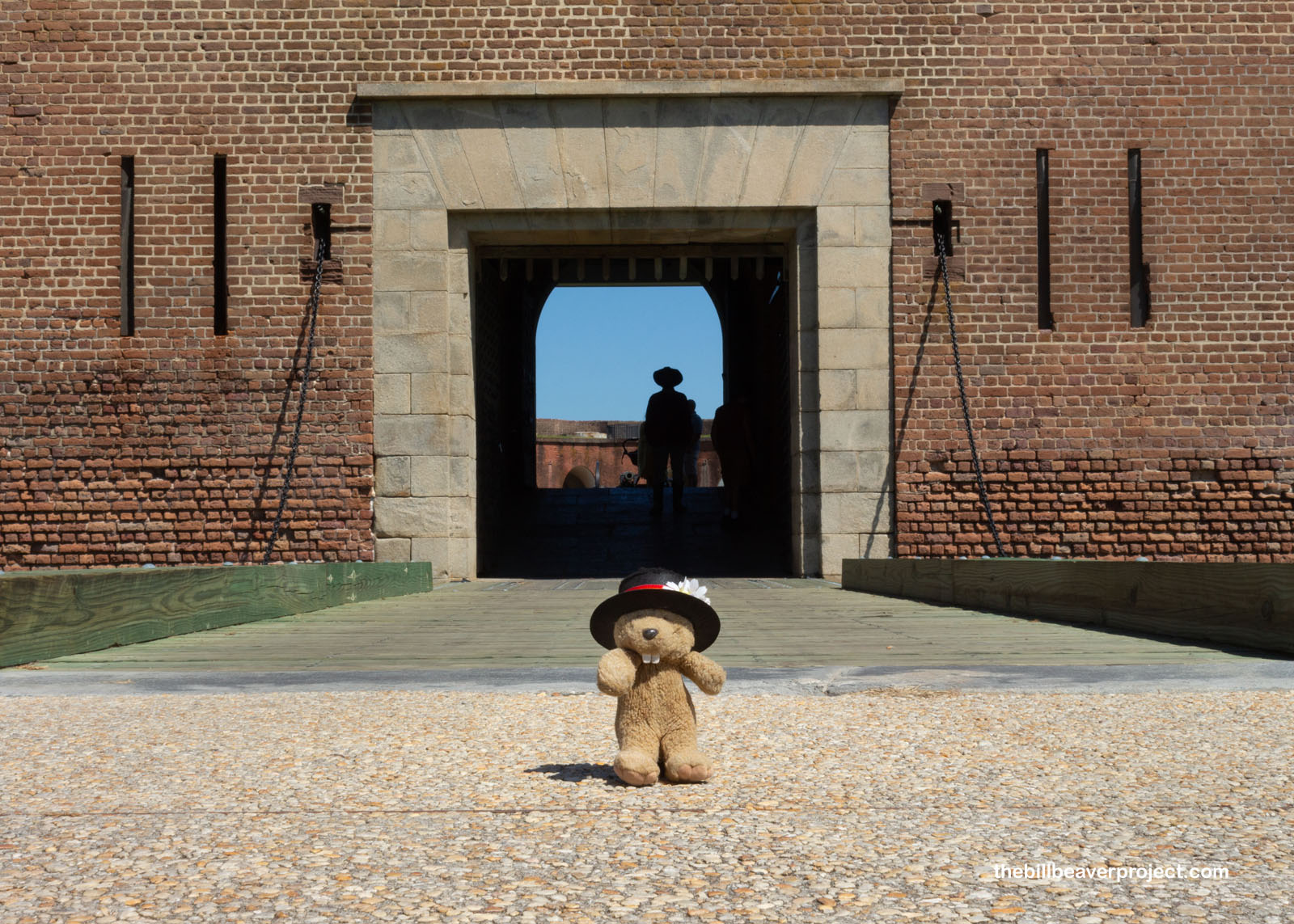 |
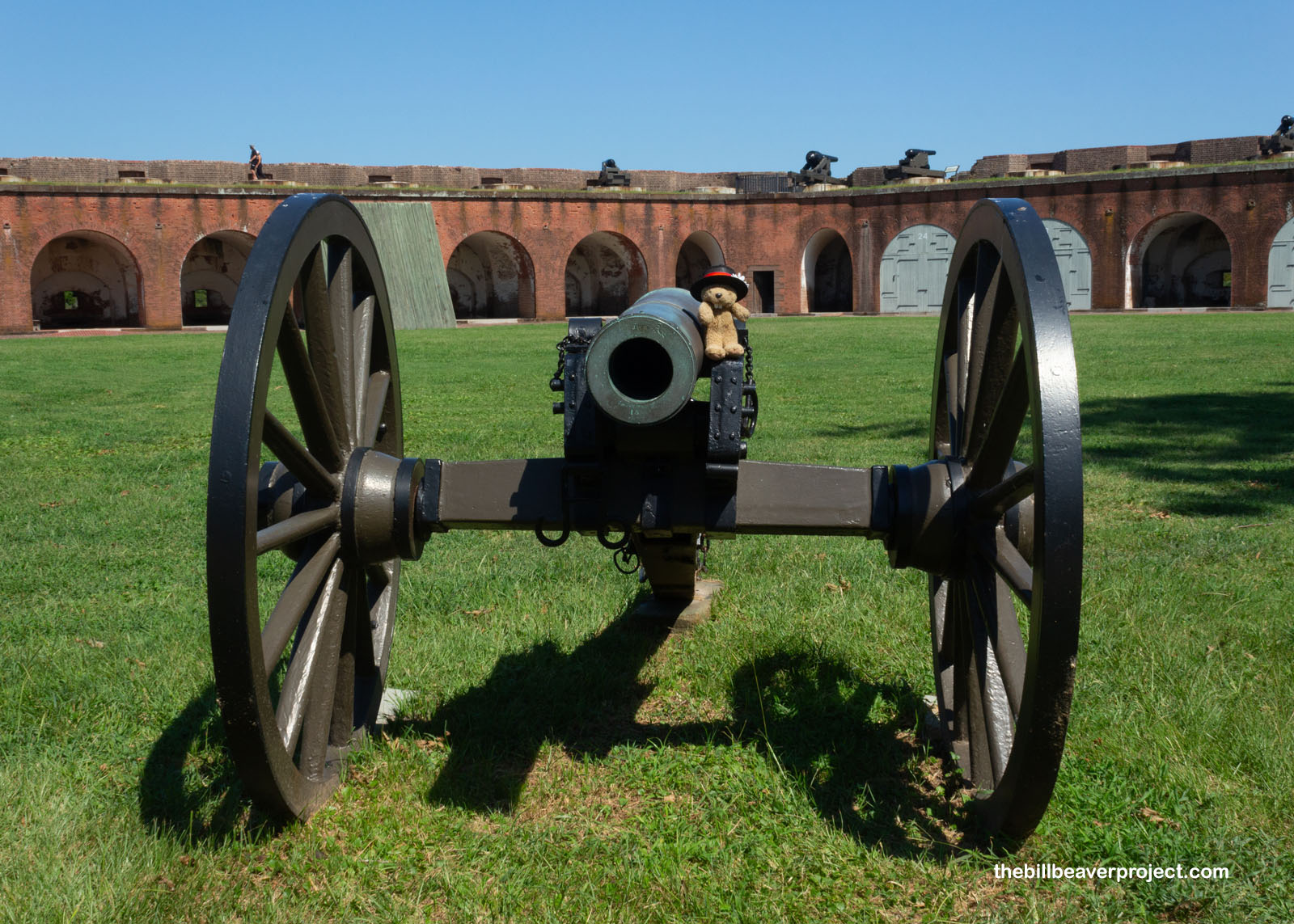 |
And there was plenty of space to house them: four acres of land that could house up to 650 folks! However, it was not a hotel. A group of Confederate prisoners got the name “The Immortal 600” just for surviving (mostly) the experience. They had no blankets, and their rations were one-quarter pound of bread, 10 ounces of cornmeal, and one-half pint of pickles a day. Both scurvy and dysentery ran rampant! Of the original 600, only 450 saw the end of the war!
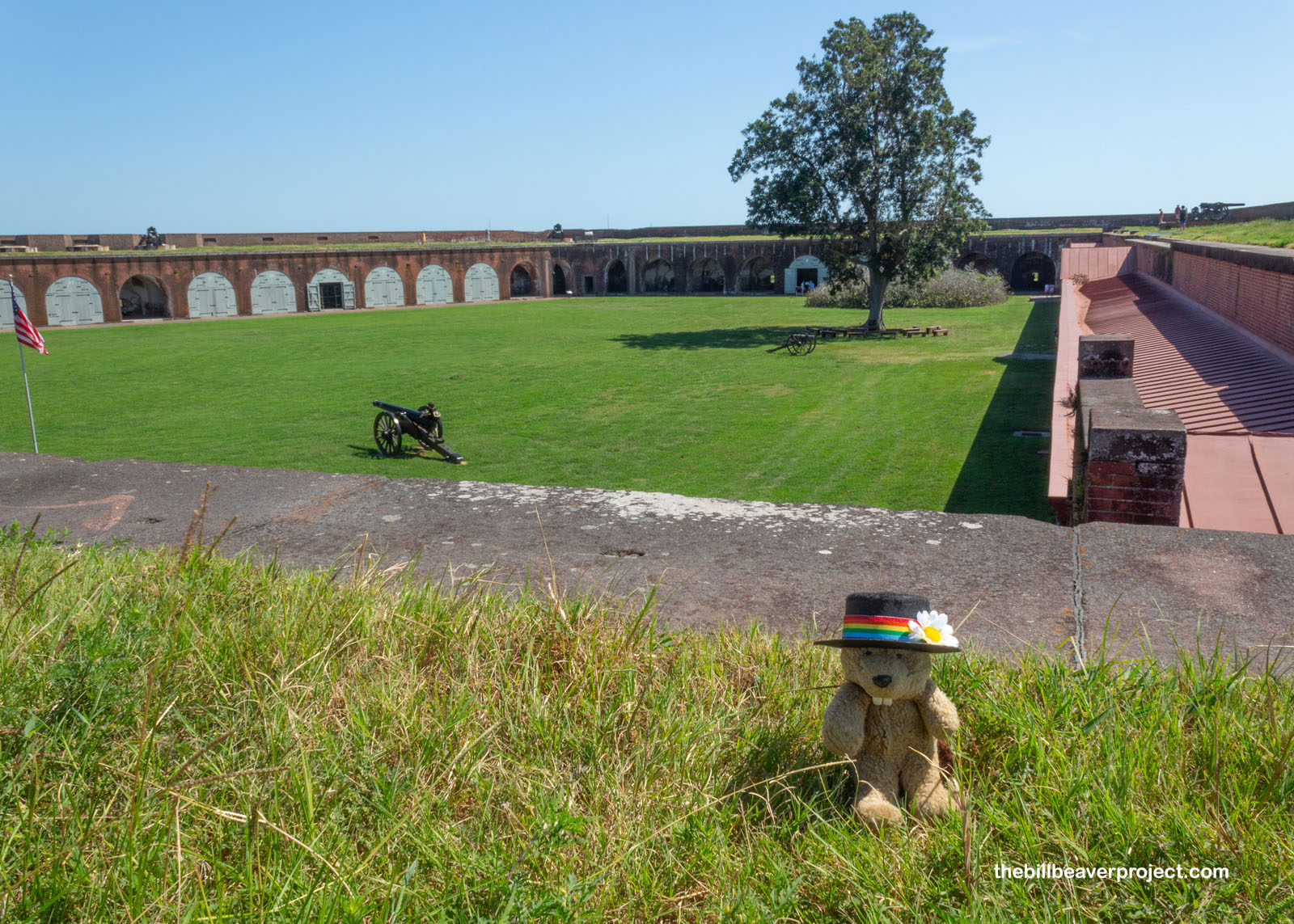 |
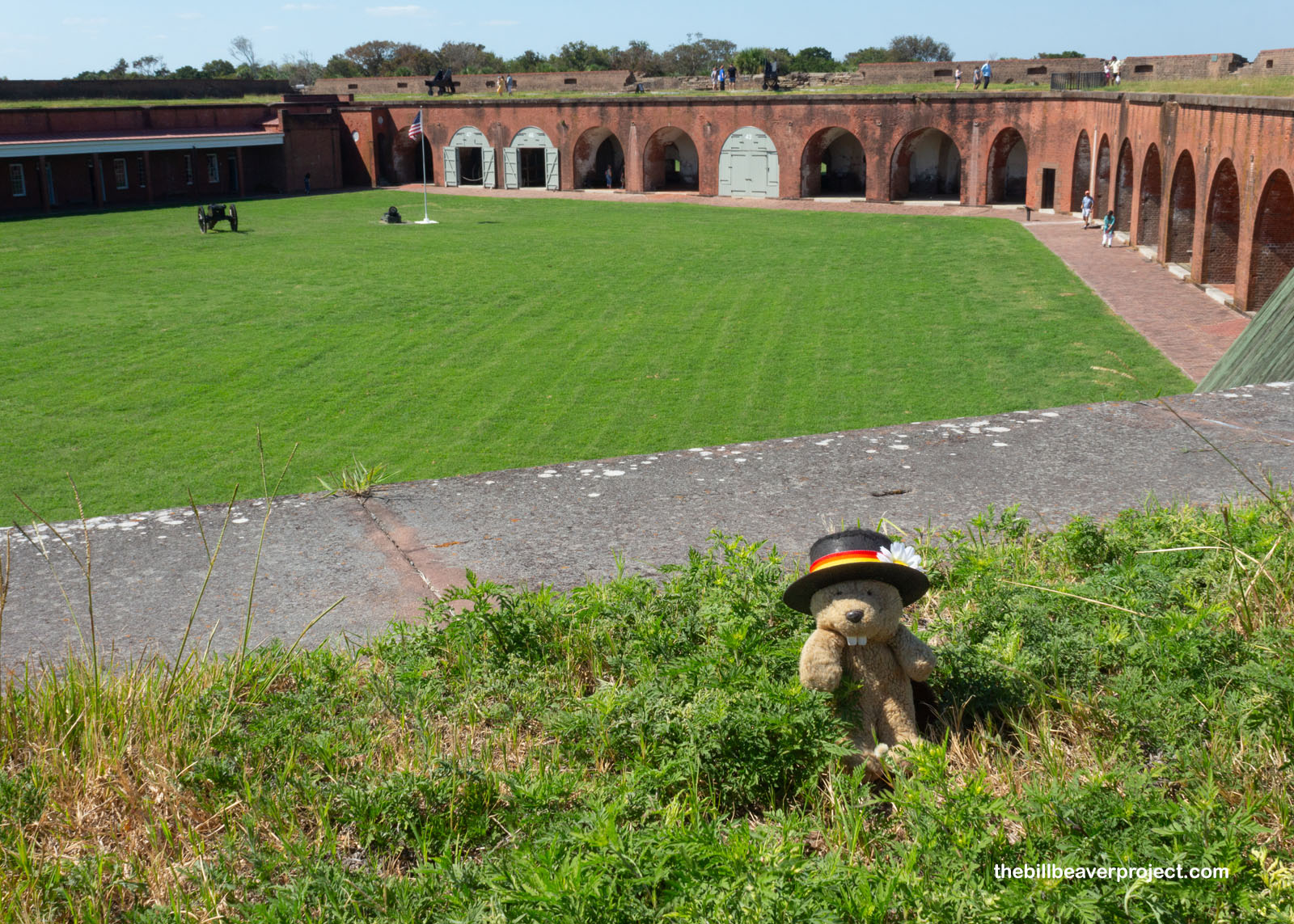 |
Fort Pulaski fired 200 shots to mark the end of the war on April 29, 1865, but it continued to house Confederate prisoners for months afterward: generals, governors, senators, and cabinet members! Between 1869 and 1872, the Army Corps of Engineers overhauled it just in case it would be needed in war again, but it wasn’t. The fort had been relegated to the ages!
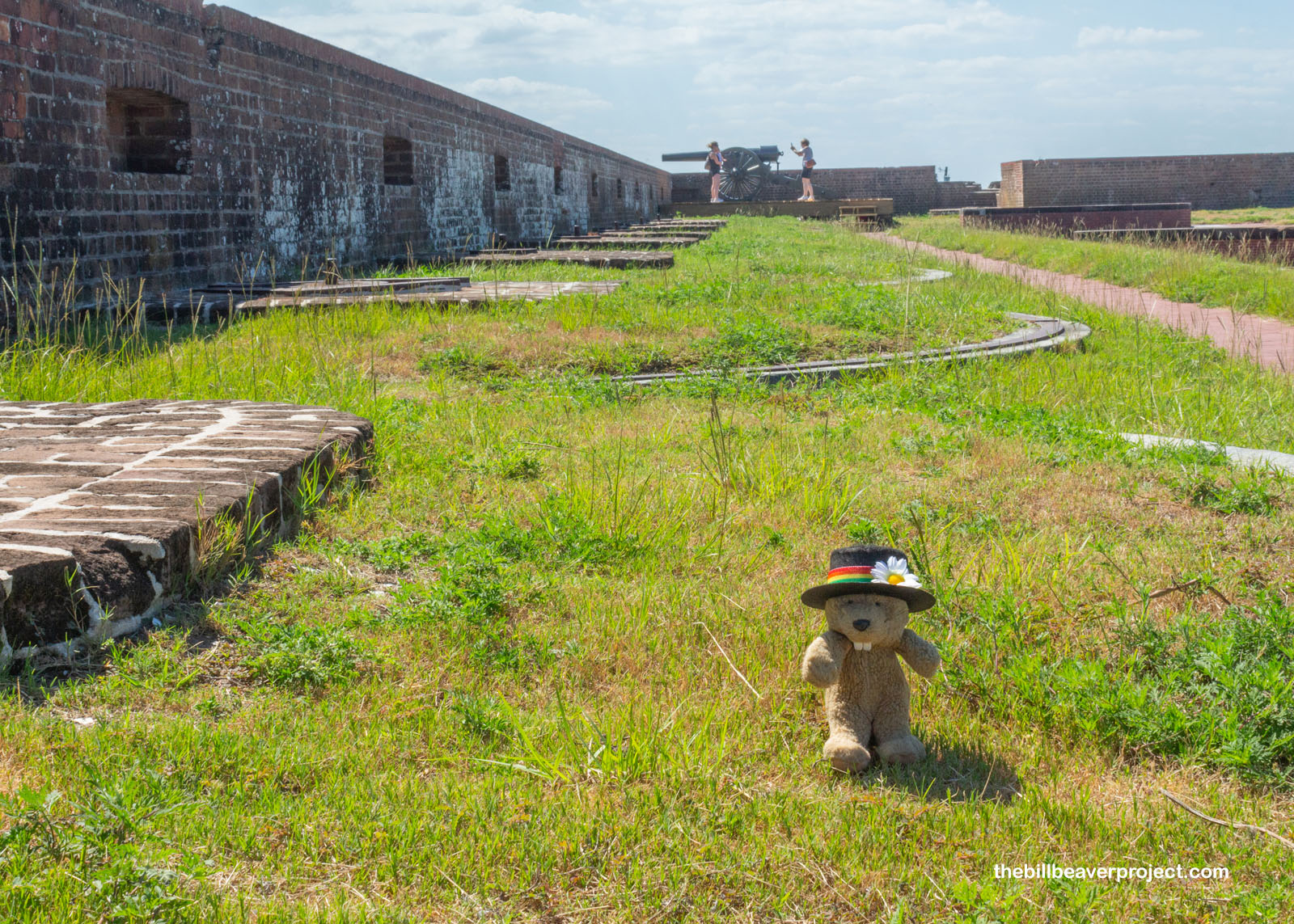 |
Instead, Fort Pulaski became the home of the Cockspur Island lighthouse keeper, one of which, Jeremiah Keane, turned the inside of Fort Pulaski into an orchard! Despite the years of natural bombardment by hurricanes, two of his trees, a fig and a chestnut, are still standing and still producing their goodies!
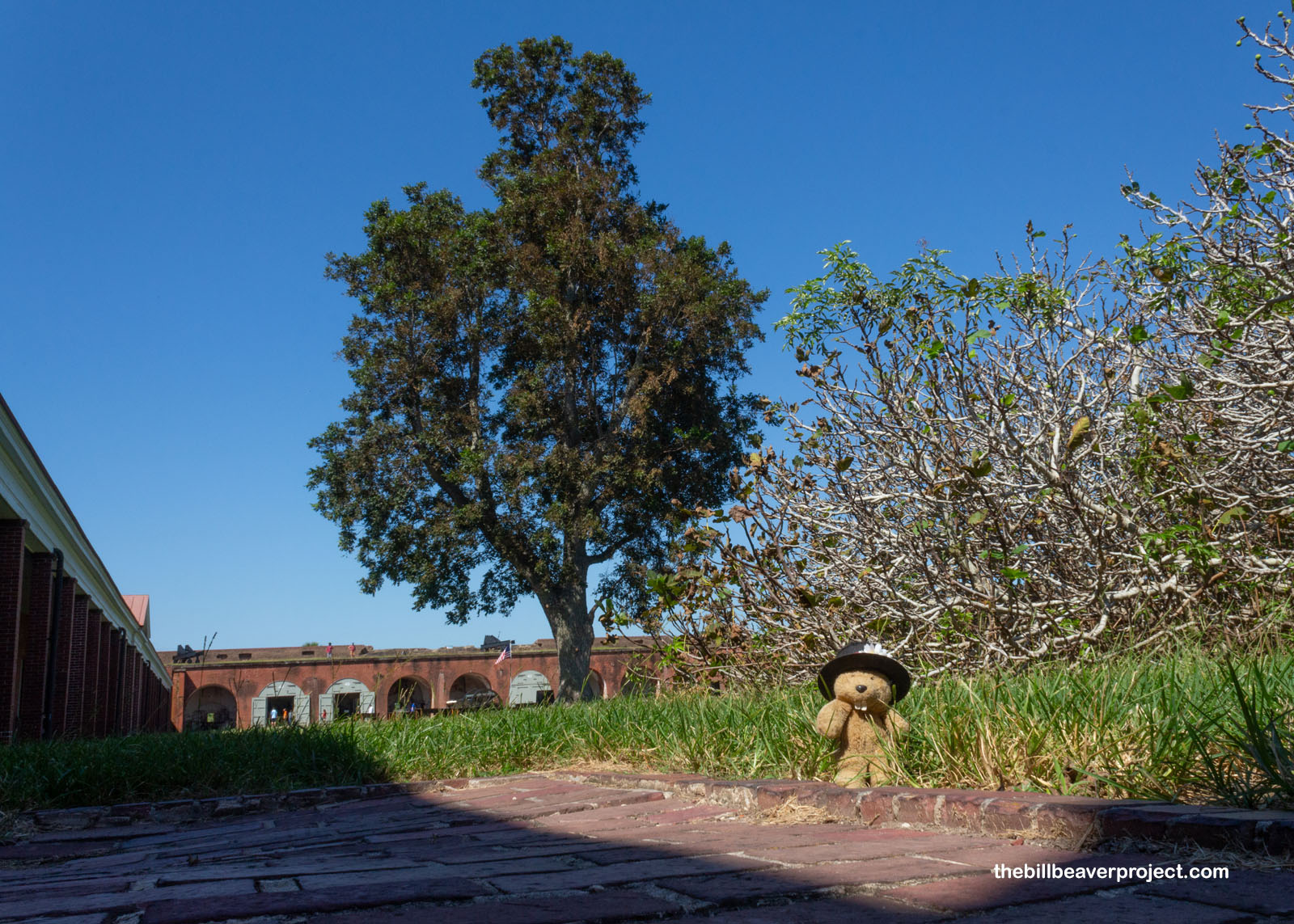 |
But I wanted to see the Cockspur Island Lighthouse for myself, and hopped on the trail leading out behind the fort toward the sea. Along the way, I encountered colonies of thousands upon thousands of tiny fiddler crabs, who scuttled away into burrows and through the fallen leaves, making little scraping sounds as they went. It was a shame, because I hoped one of them might take a photo with me! I meant them no harm!
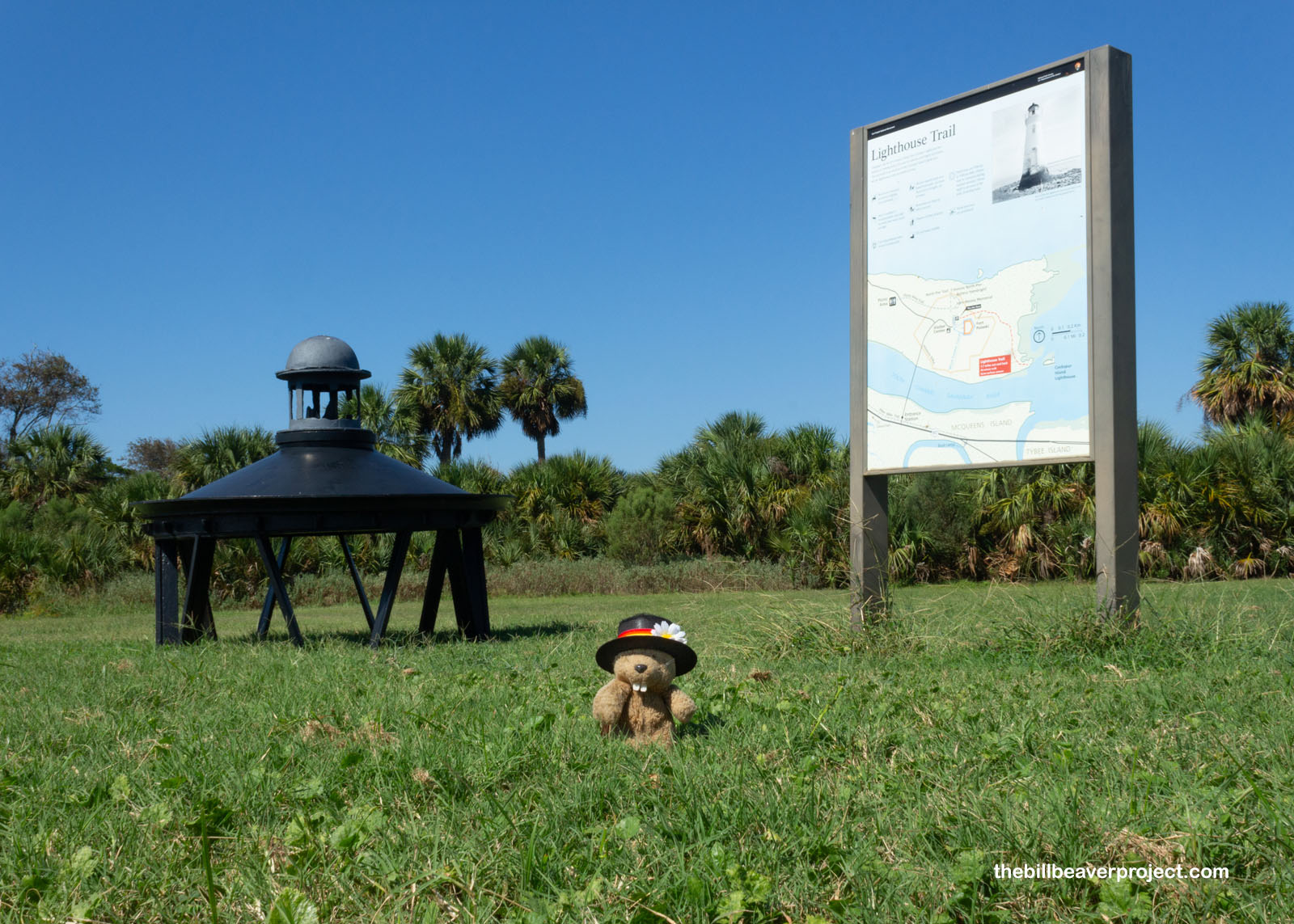 |
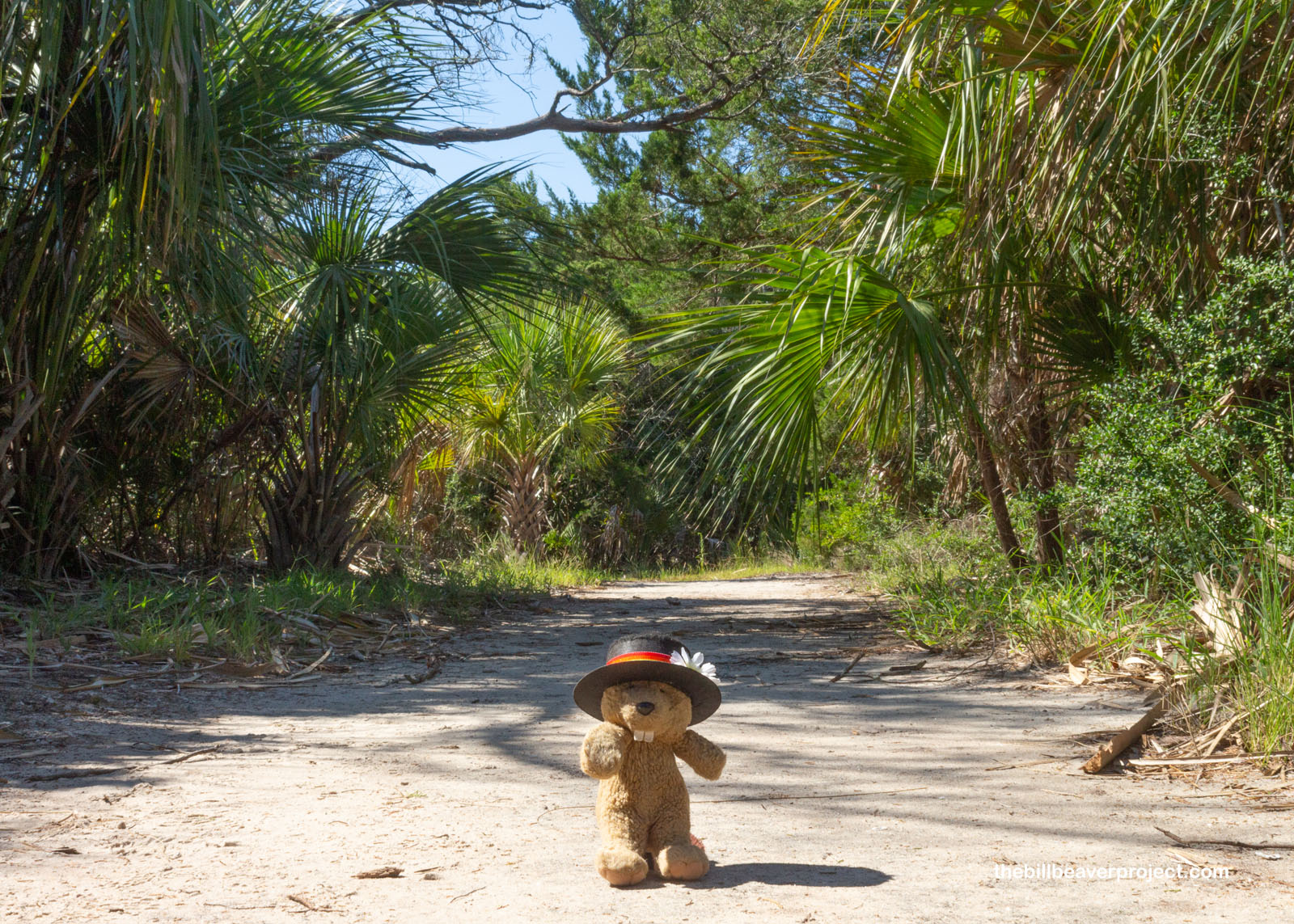 |
Another shame was how far the viewpoint was from the Cockspur Lighthouse. The second version of the storm-struck lighthouse was completed in 1854, and probably survived the bombardment of Fort Pulaski only because the artillery had to fire so high overhead to hit the fort! It would go on to shine from April 25, 1866 until June 1, 1909, when a change in shipping routes made this little lighthouse obsolete. While it no longer lights up today, it still stands as a landmark of times gone by!
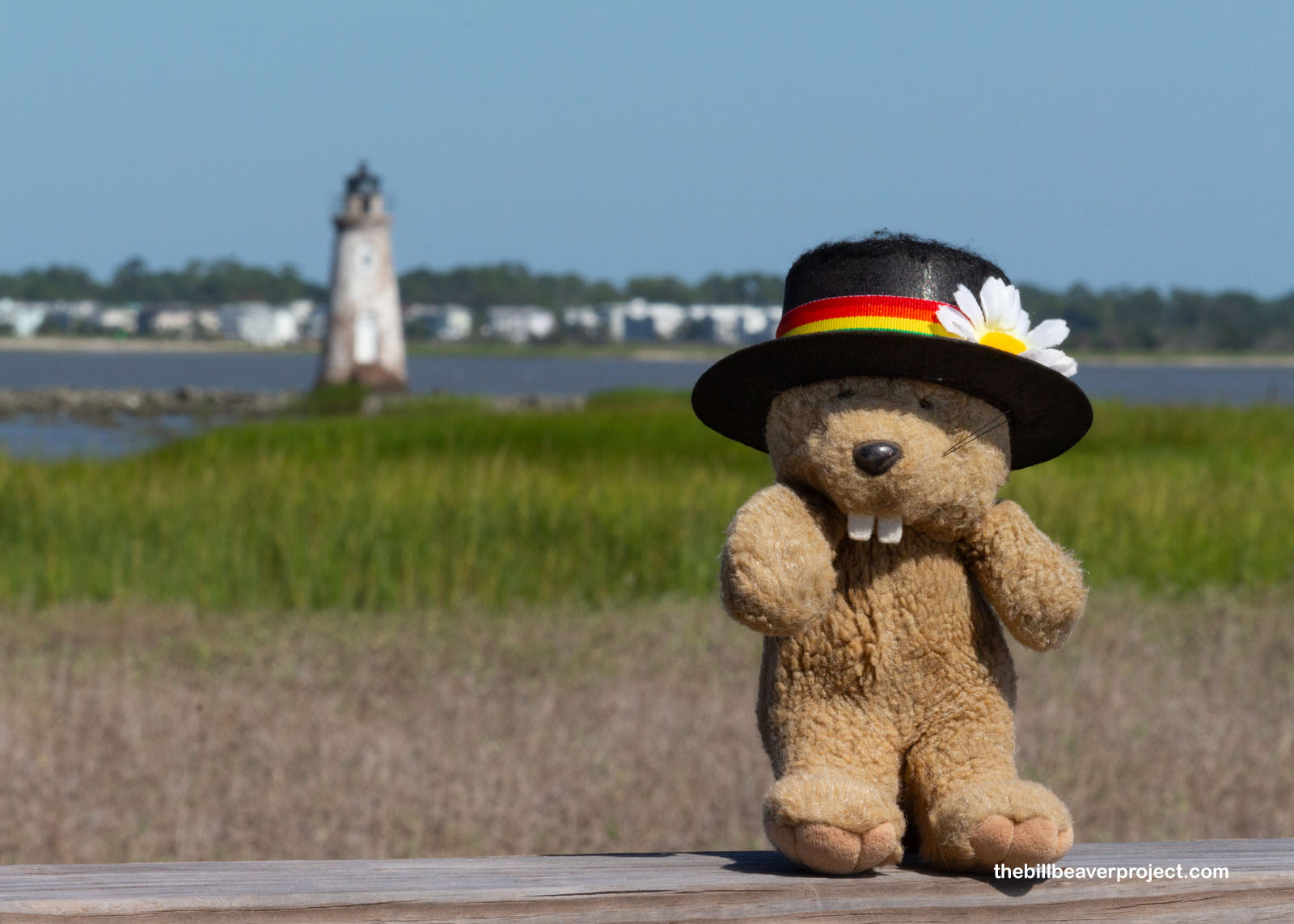 |
My peachy lunch didn’t last me long, so after returning through the fiddler crab colonies, I made my way into Savannah and parked by a plaque for the Trustees’ Garden. It didn’t look like much, but boy, that all changed upon reading! This was the first public agricultural experimental garden in America! Here grew olives and cotton and mulberries for silk! By 1755, the experiment was complete. The wine and silk industries did not take off, but the cotton became synonymous with Southern agriculture! Plus, this garden gave Georgia its very first peaches!
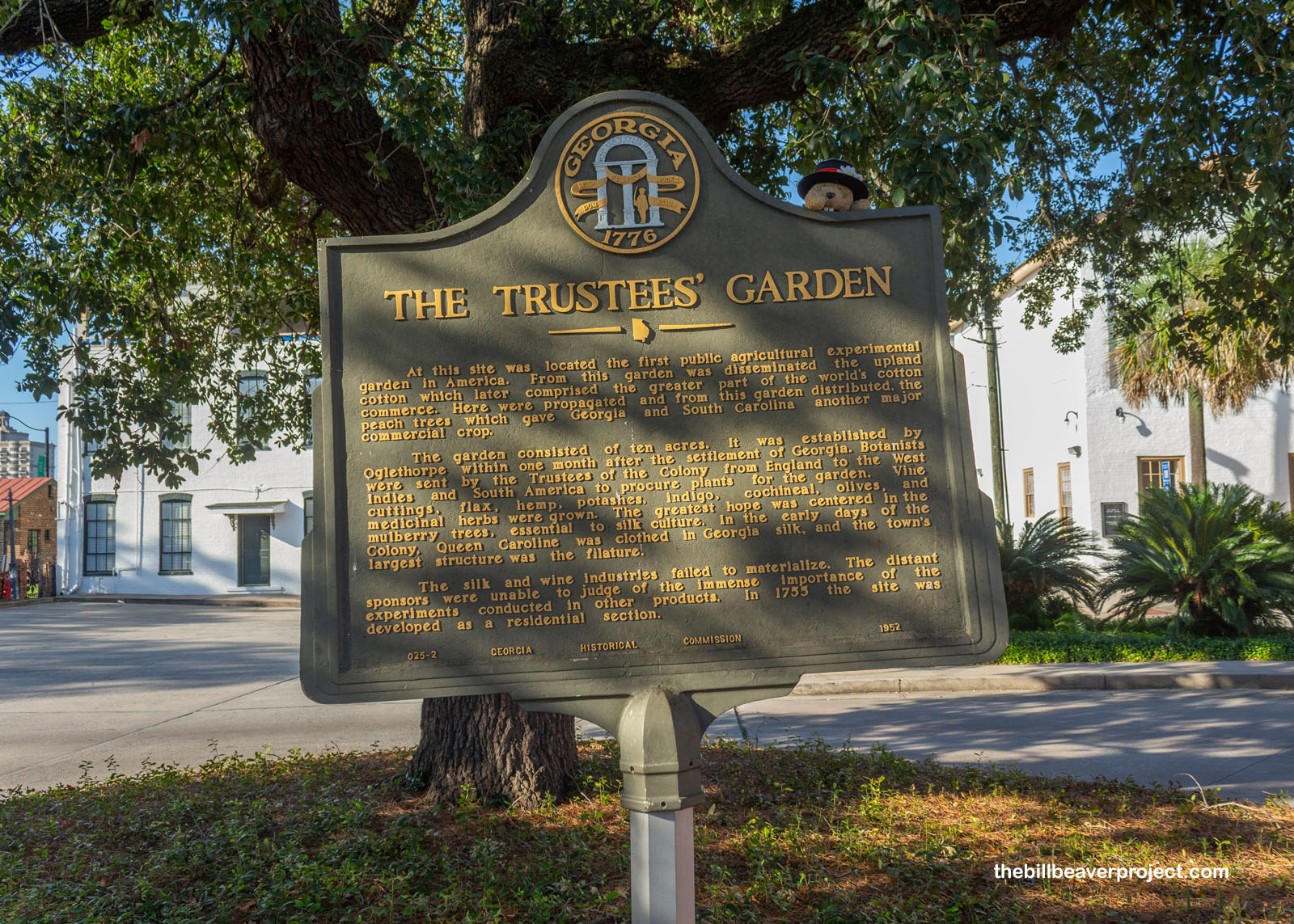 |
And it just so happened that the plaque was next to the Pirates’ House, an inn built for sailors in 1753 on the site of the Trustees’ Garden! Naturally, some of those sailors were pirates, which inspired Robert Louis Stevenson to mention the Savannah Pirates’ House in his famous book, Treasure Island! The years weren’t kind to this old inn, but Mrs. Mary Hillyer, wife of the head of the Savannah Gas Company, led the efforts to save this historic area from demolition! Good thing too, because the heaping plate of seafood pasta and warm biscuits was just the thing to make my tummy feel arr-right!
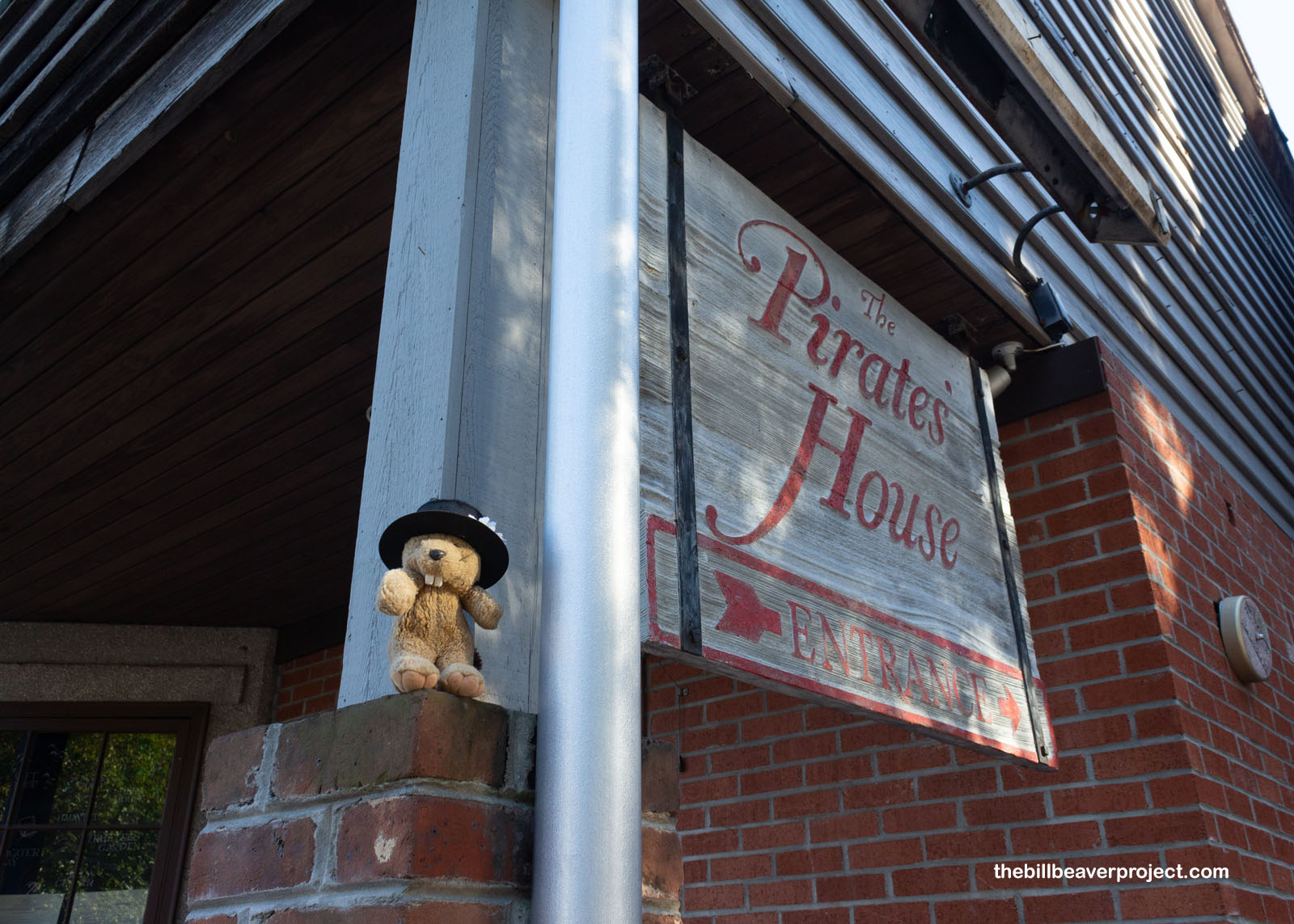 |
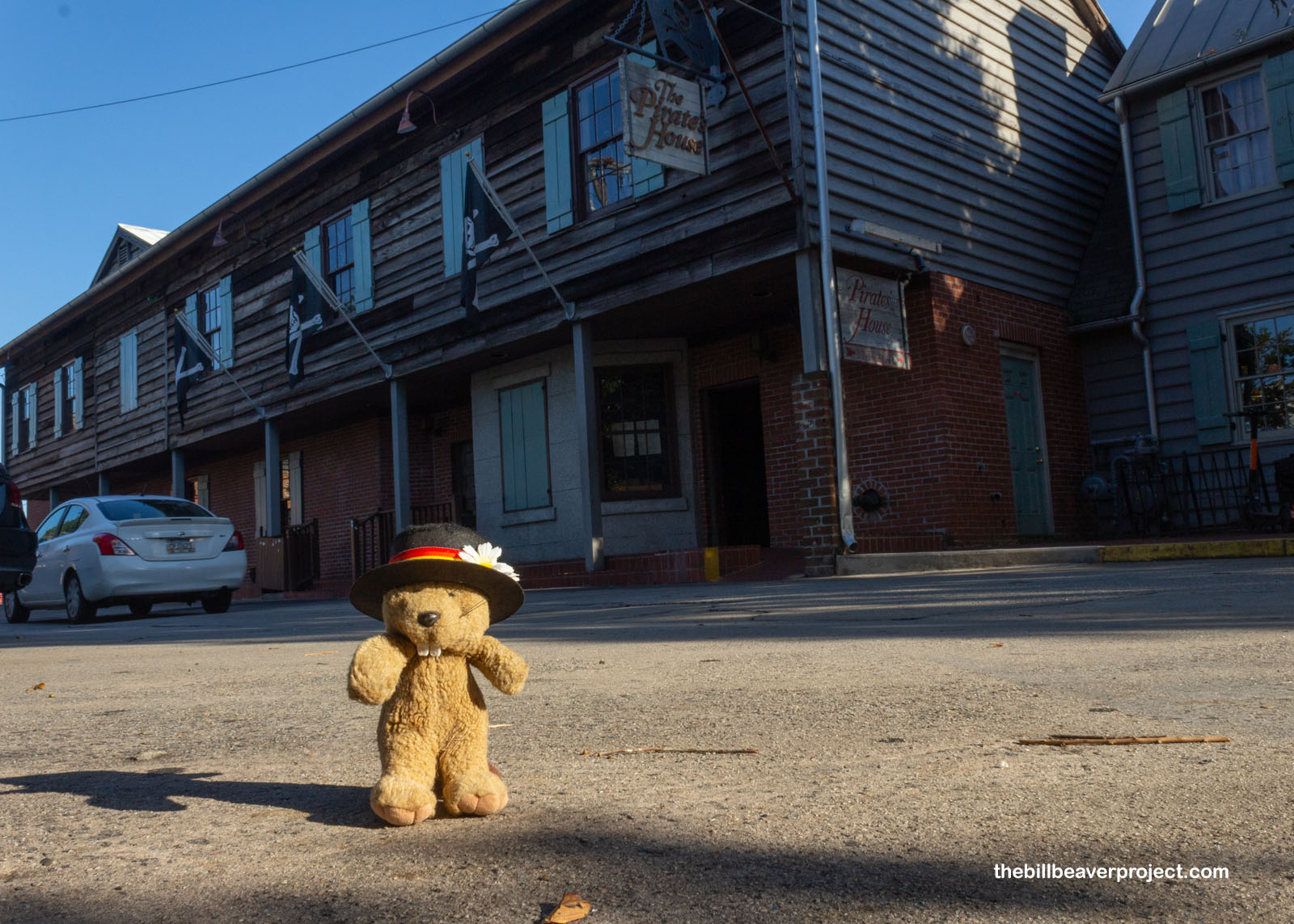 |
I wish I’d gotten to explore more of Savannah, but night fell, and I had quite a way to go in preparation for my adventure in Congaree National Park tomorrow. I’ve been fort-unate to see so many fortifications since Fort Laramie in twenty fort-teen, and wrapping up this last one on my list reminds me that the end of the quest is in sight. I still haven’t found George, but I’ve been having a blast. I don’t know what I’ll do after, but I’ll breach that fort when I get to it!
See you before a fortnight!

 Previous Day |
Total Ground Covered: 527.8 mi (849.4 km) |
 Next Day |
